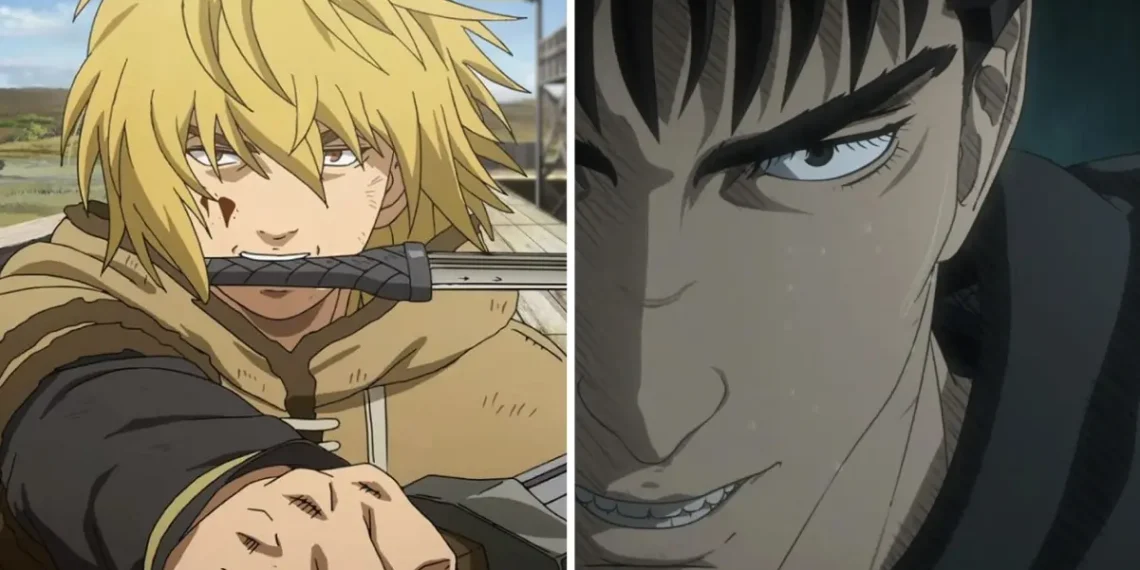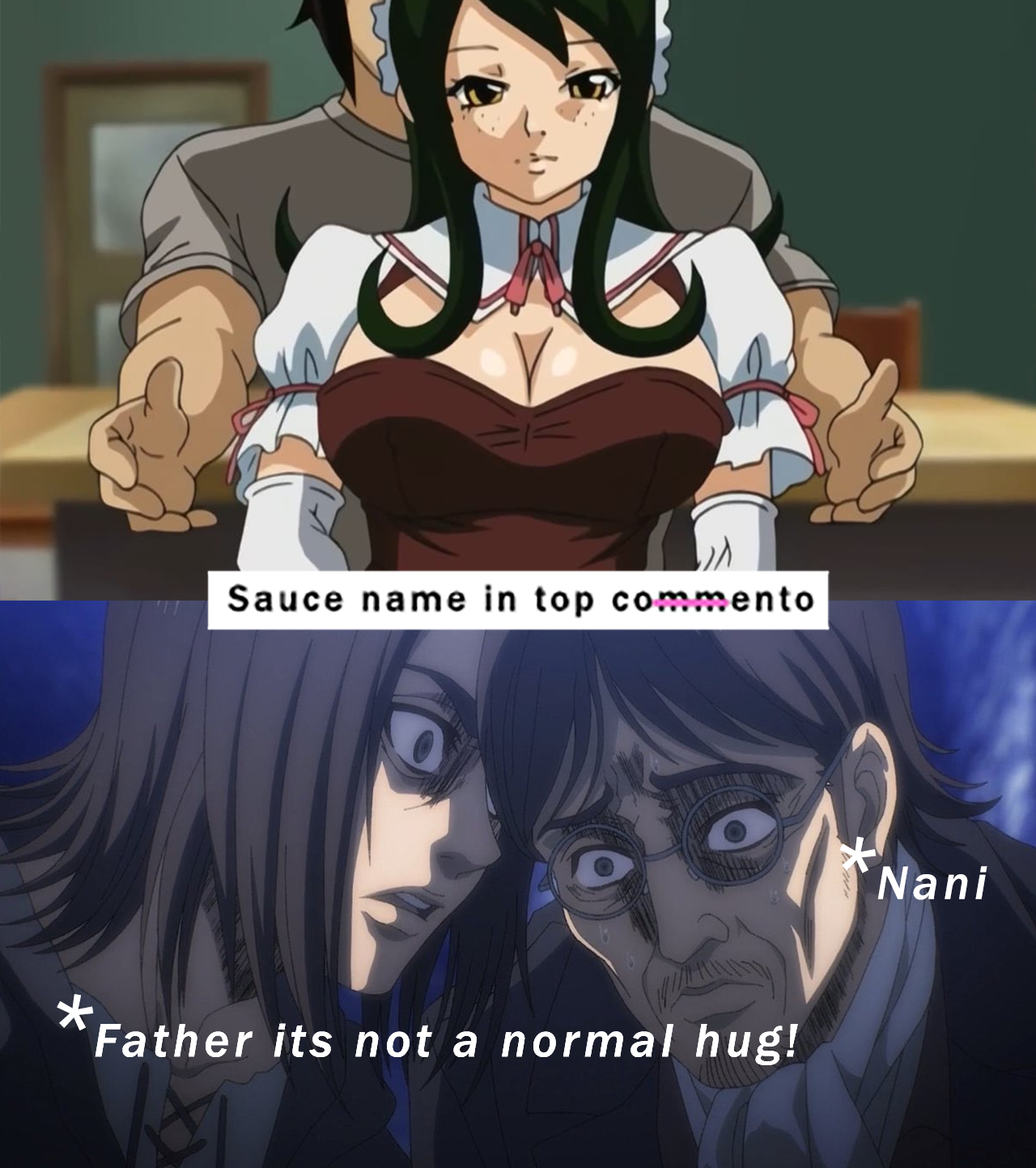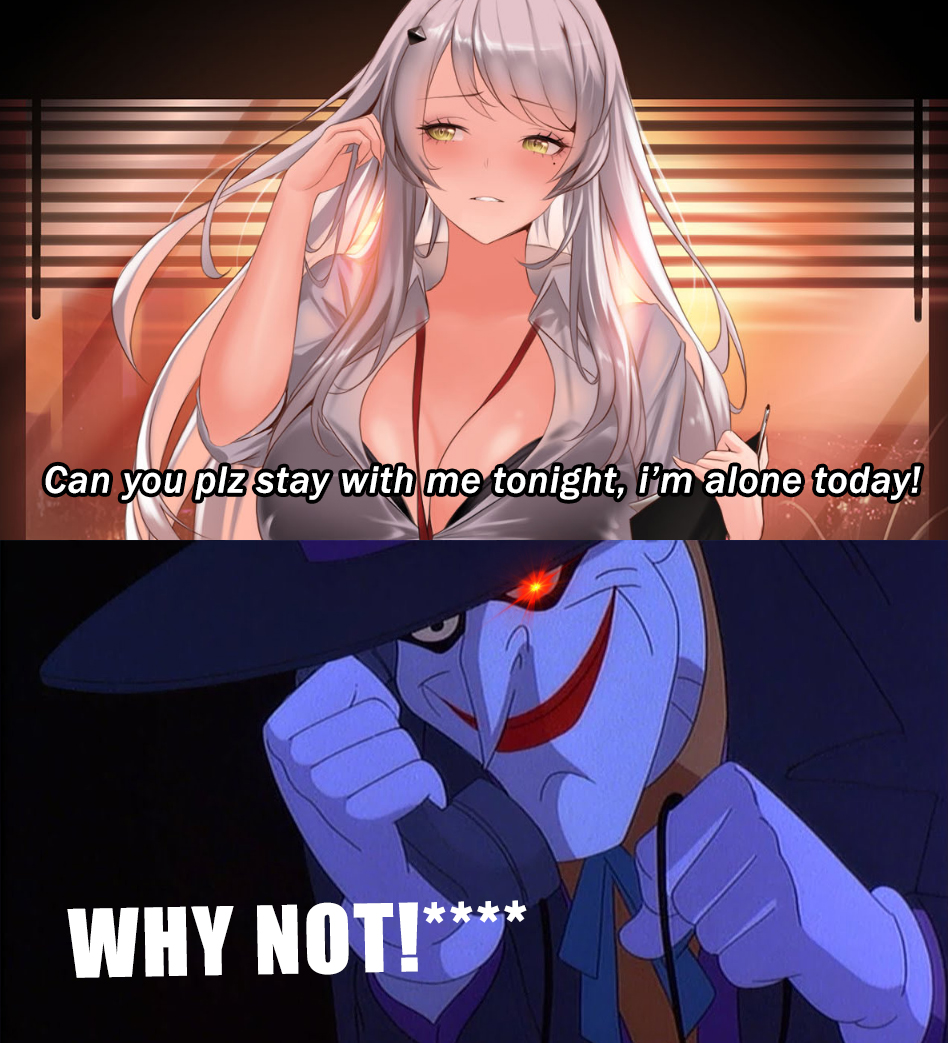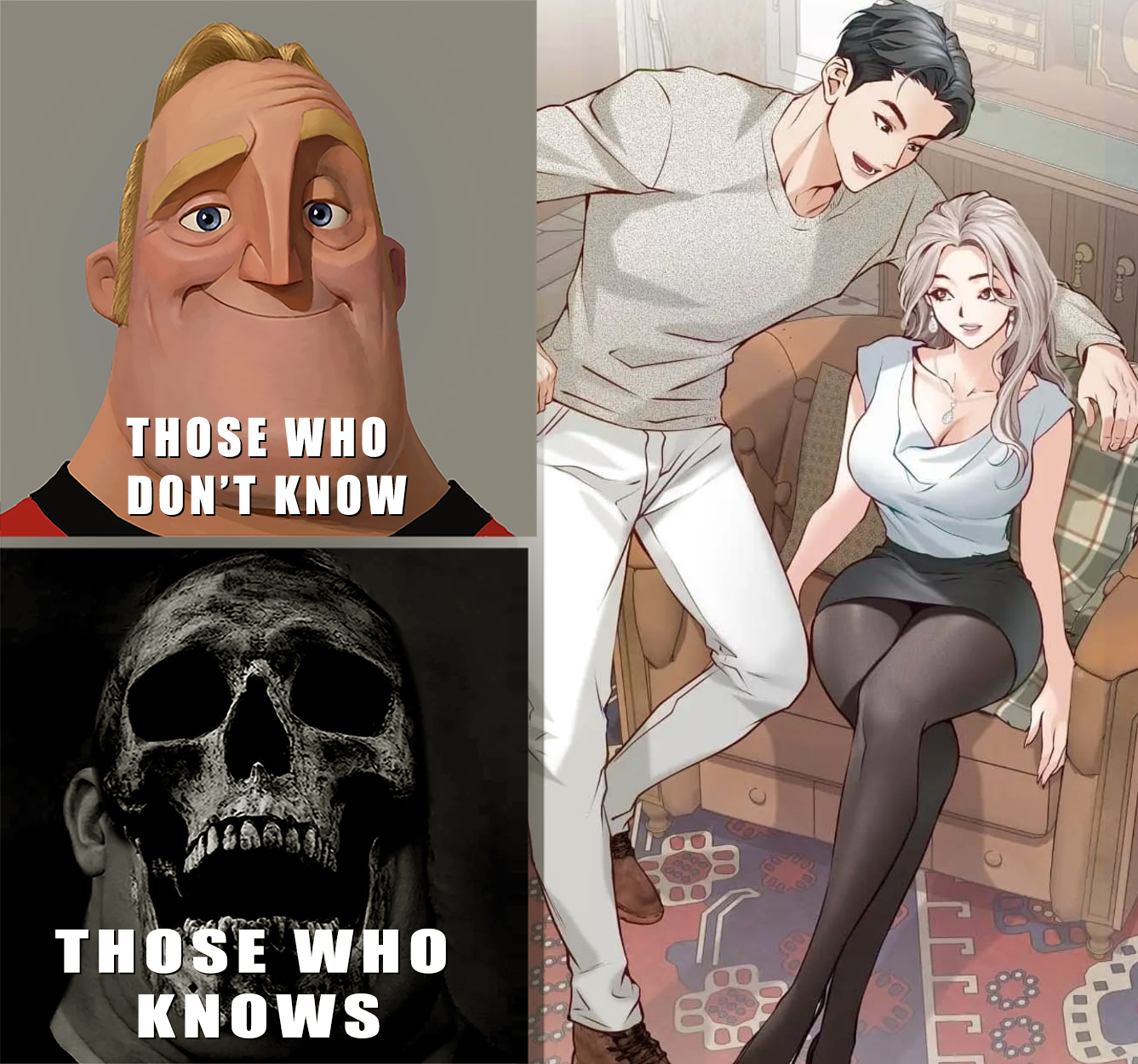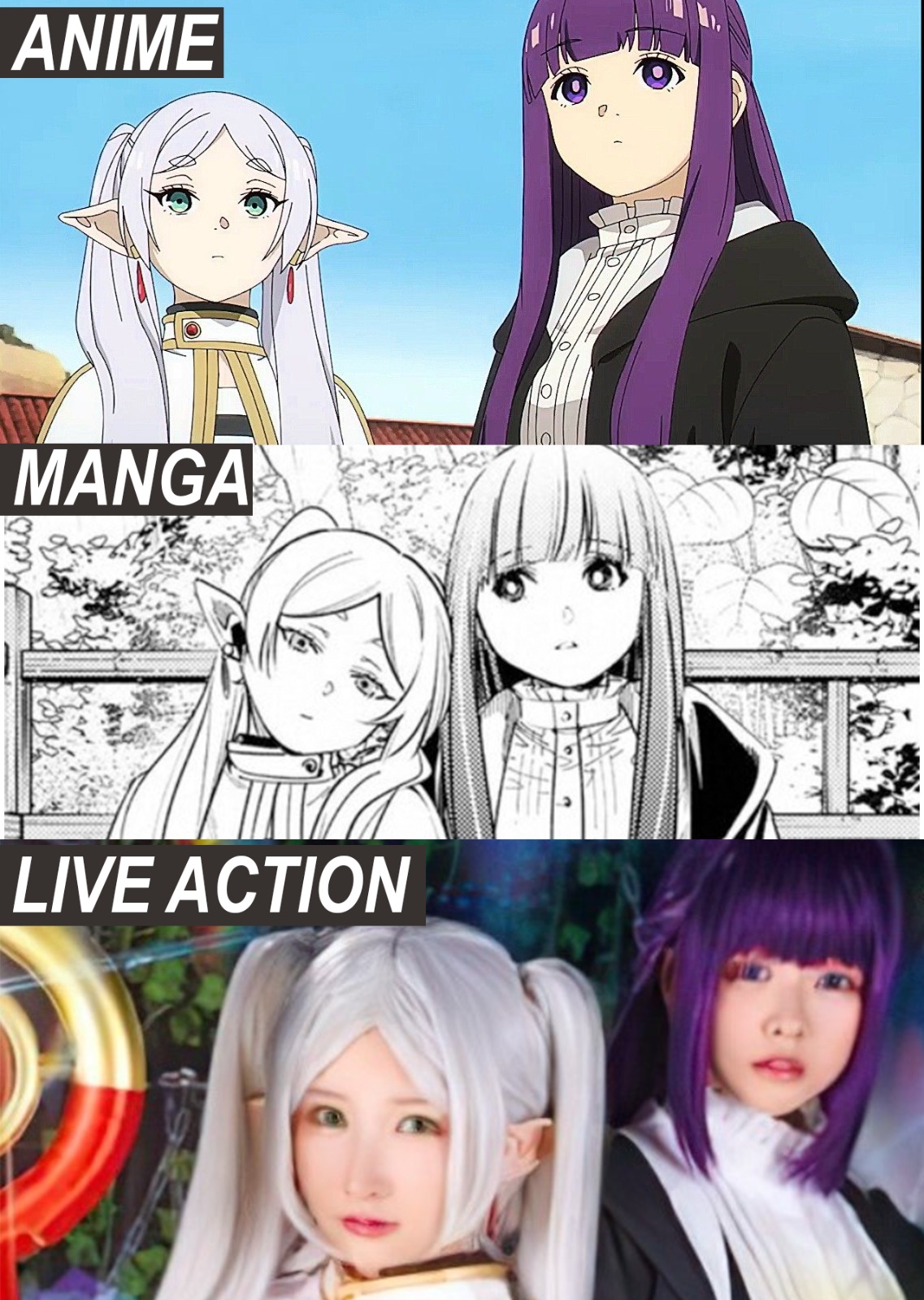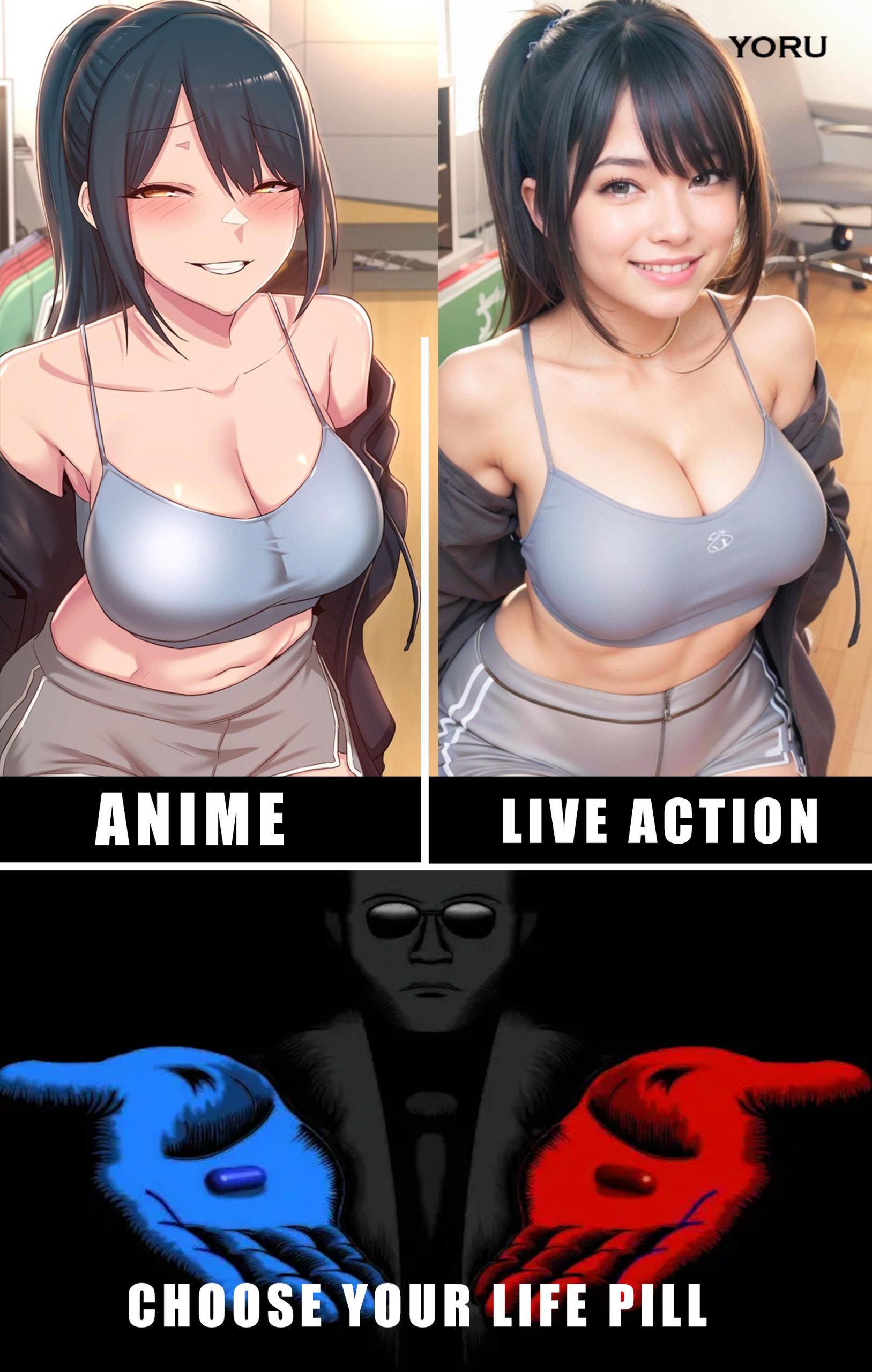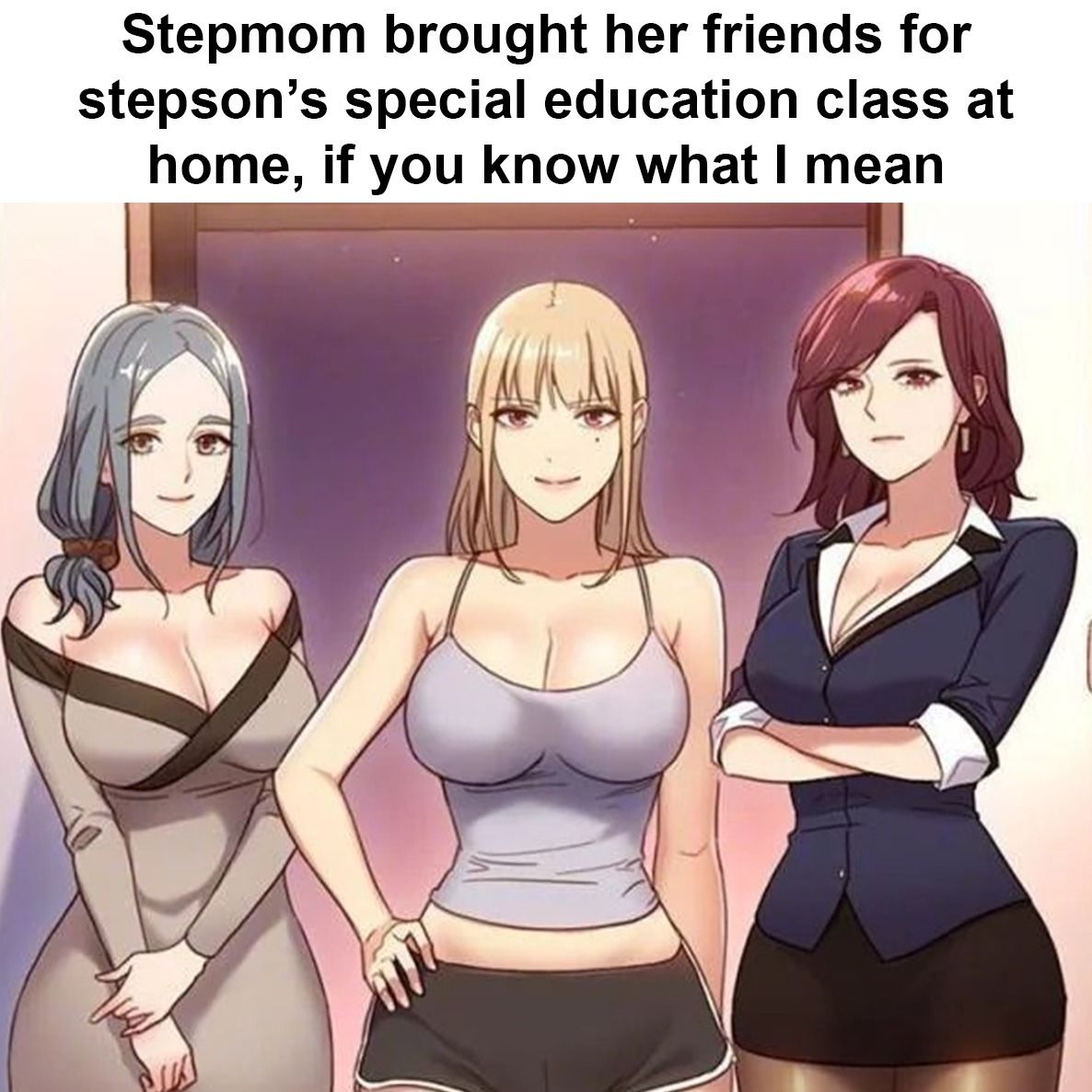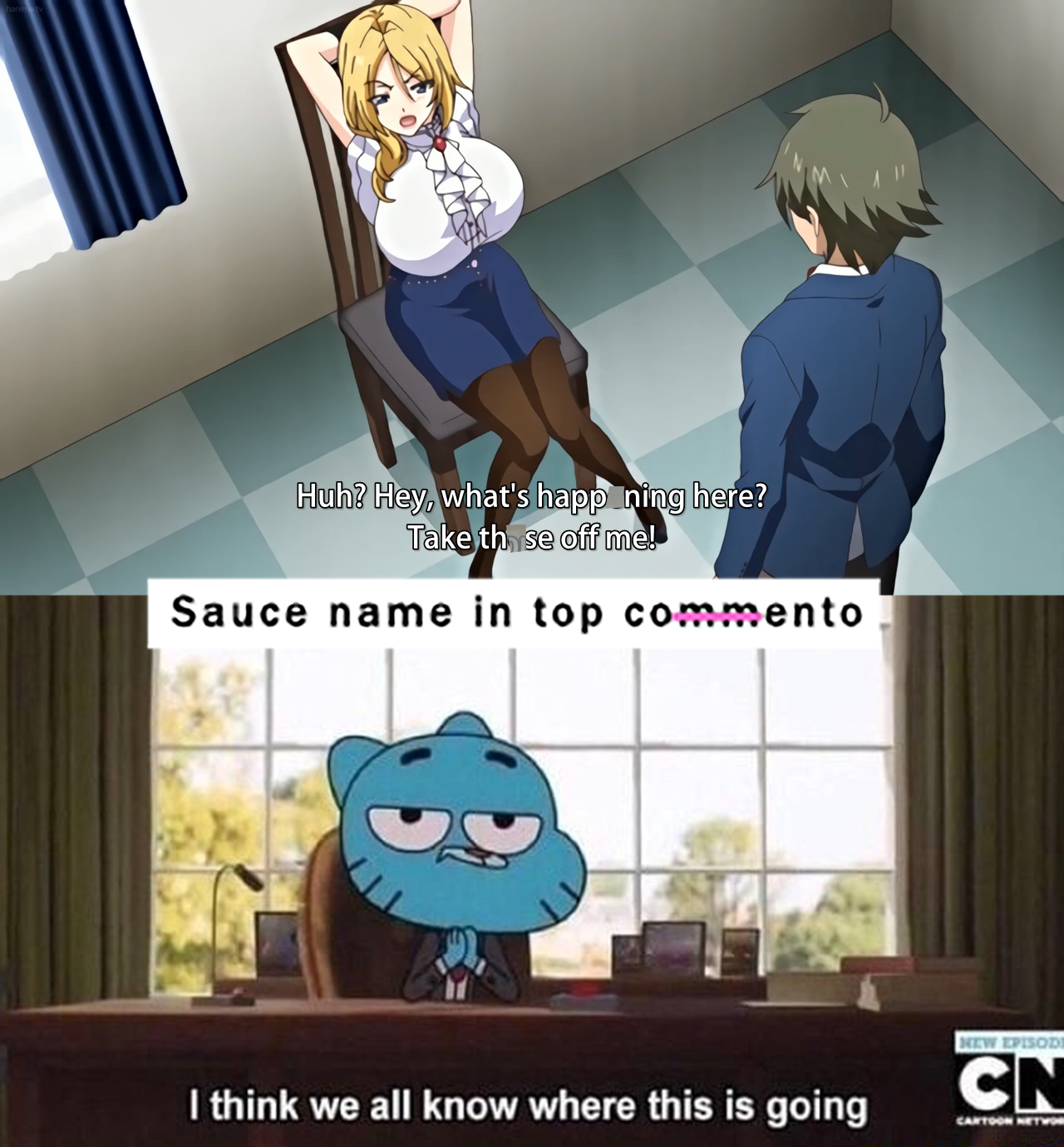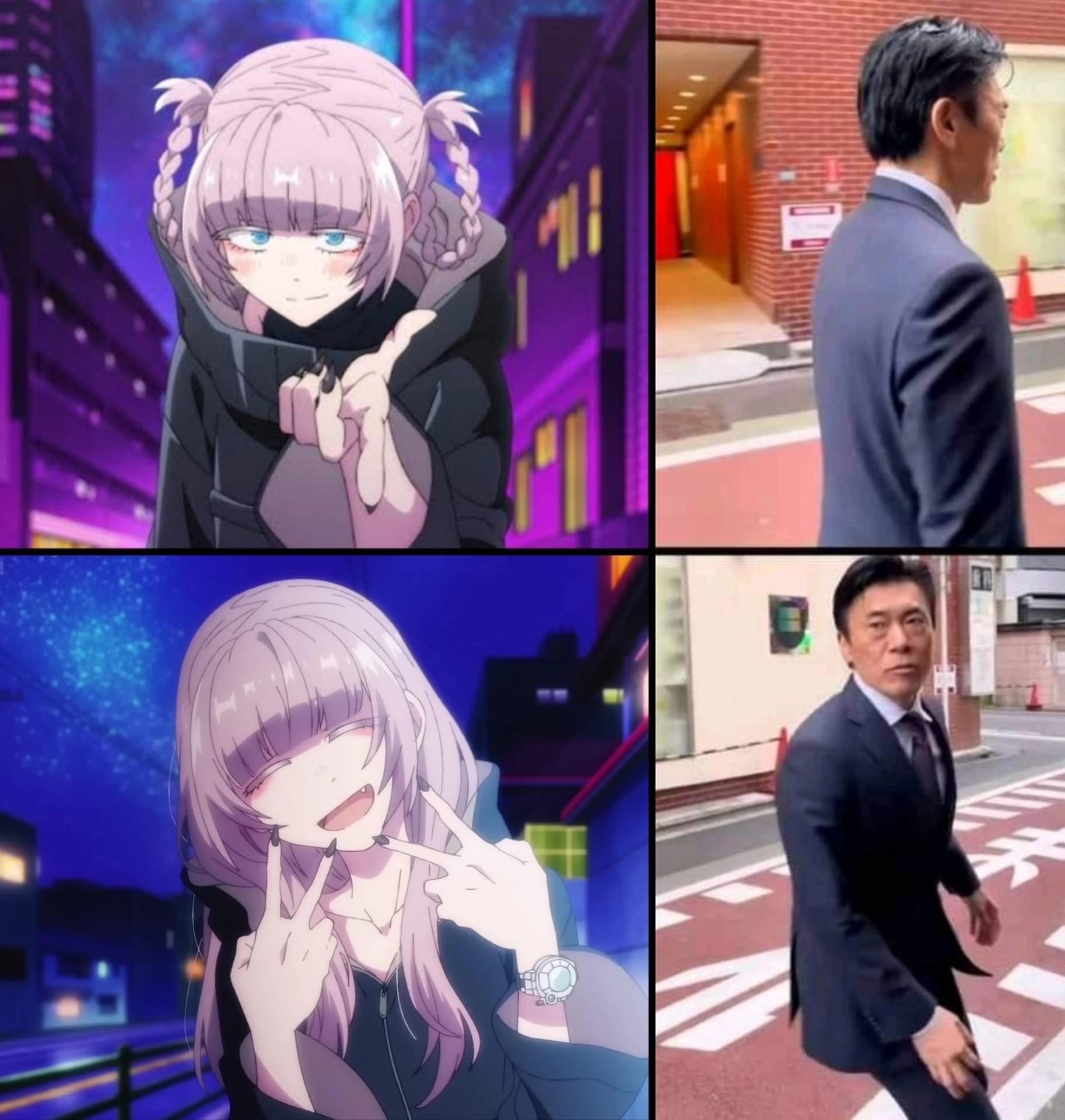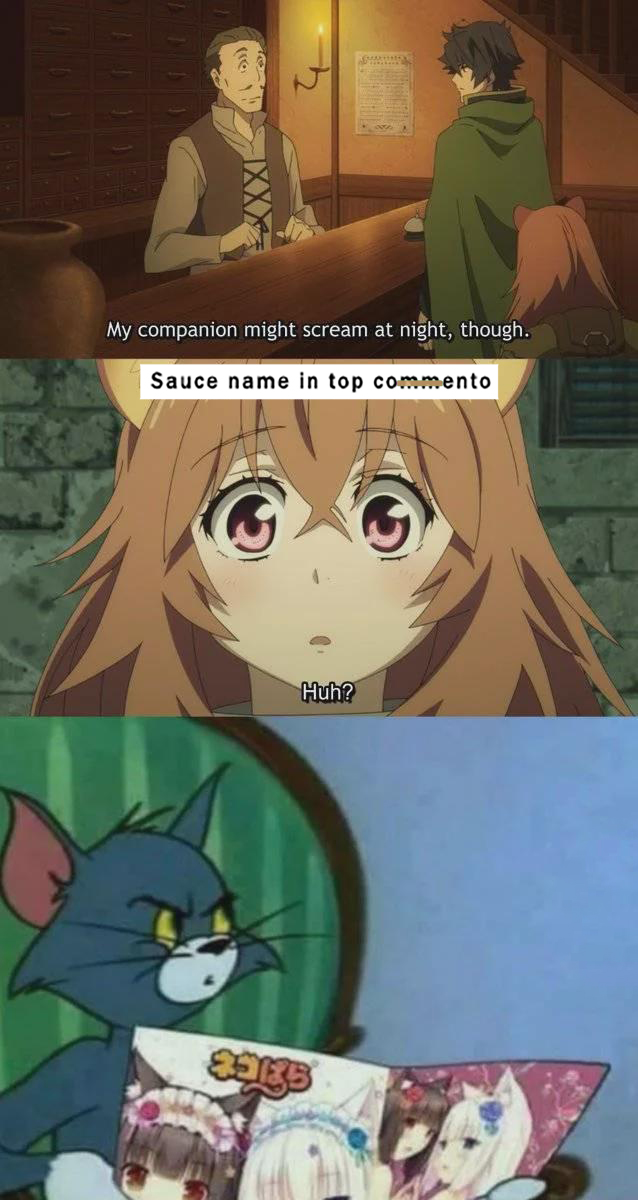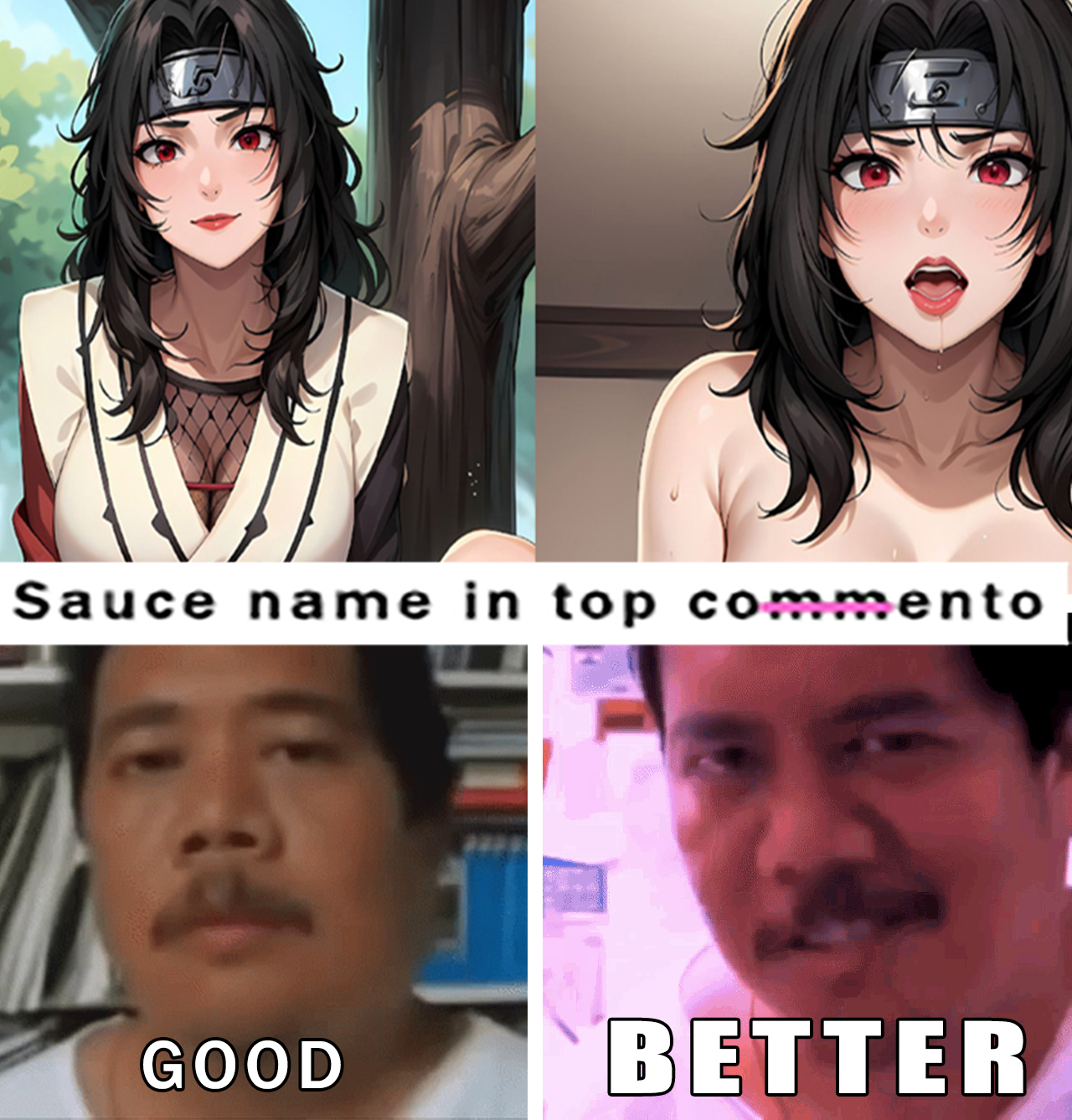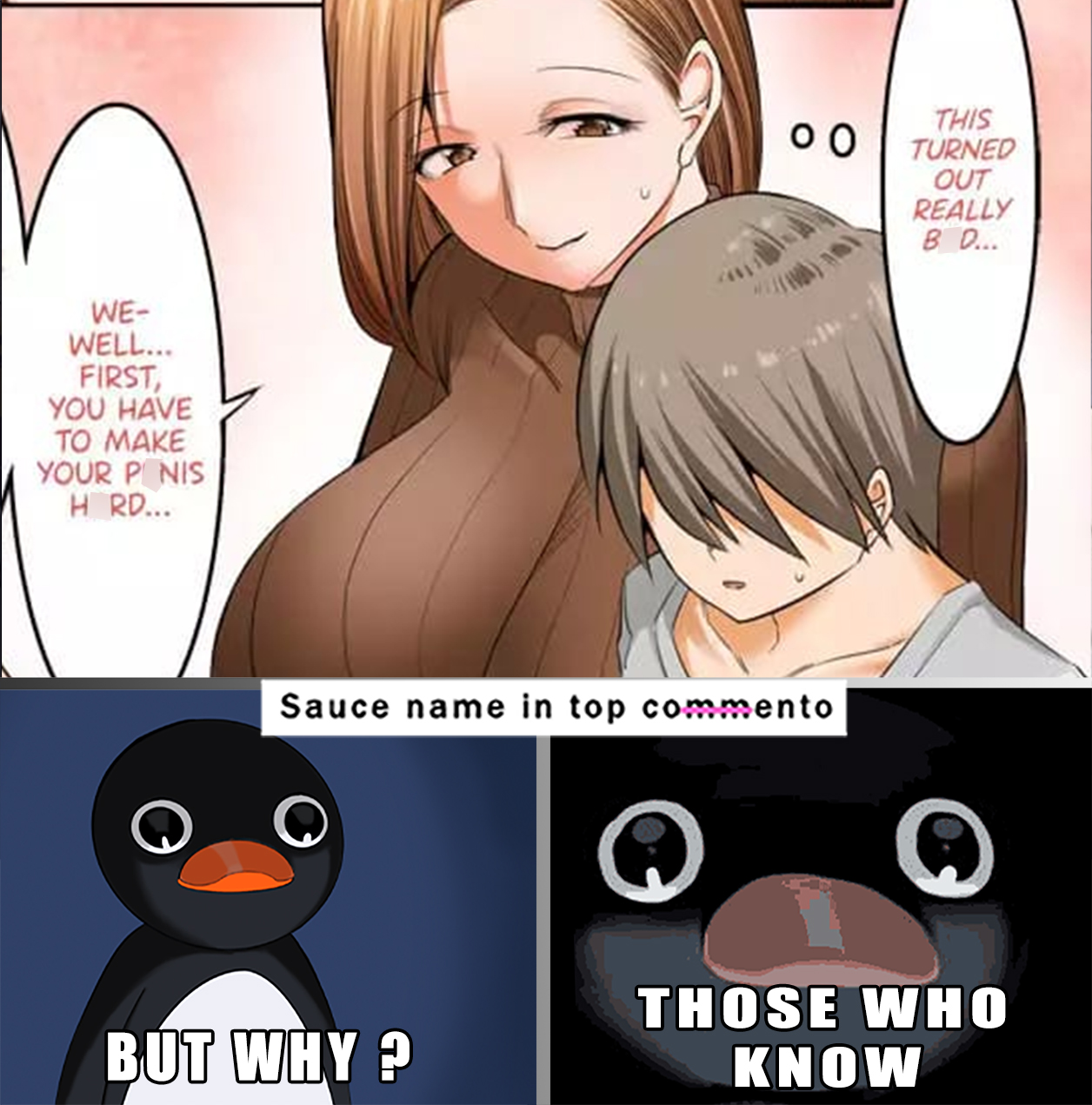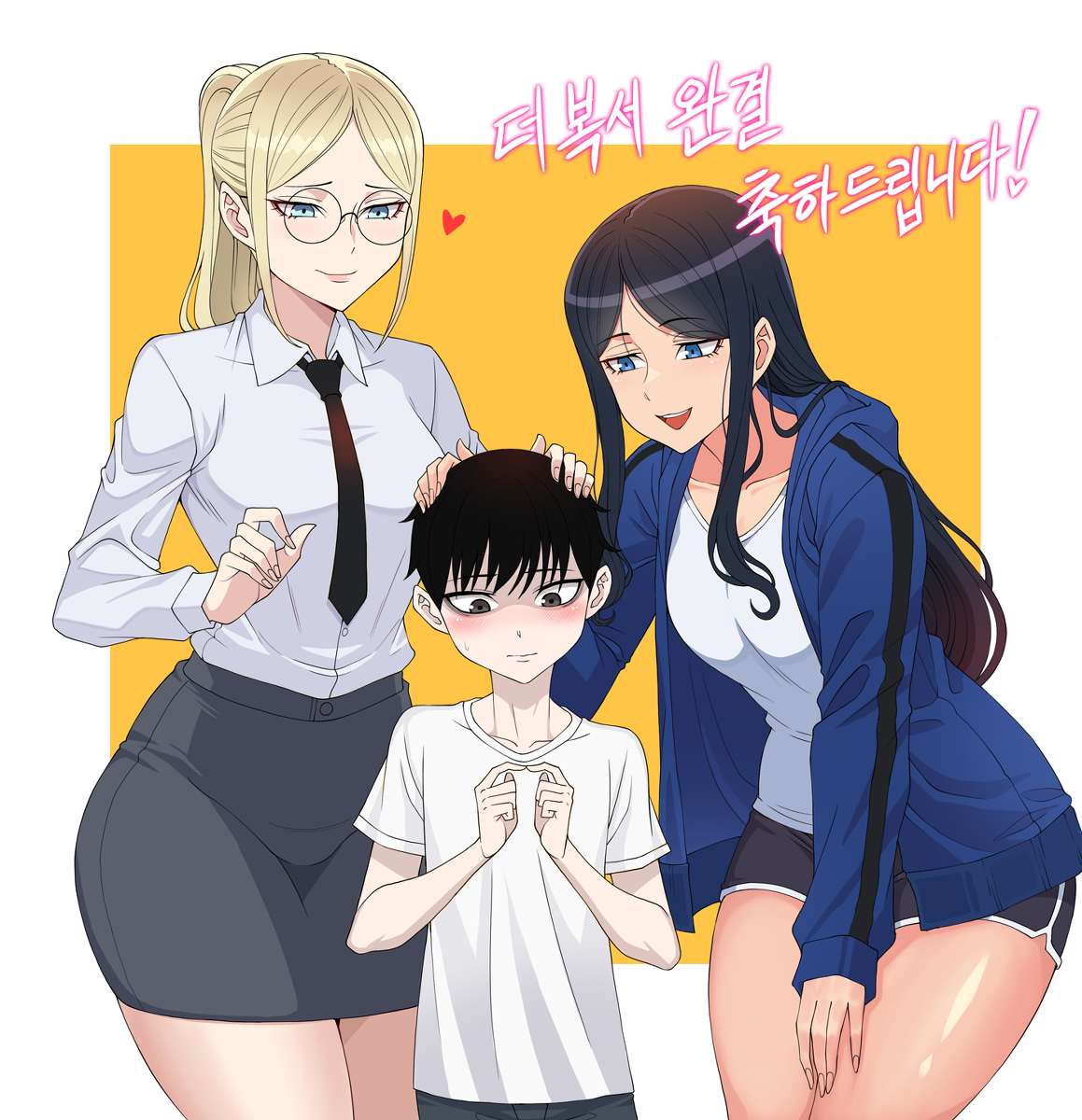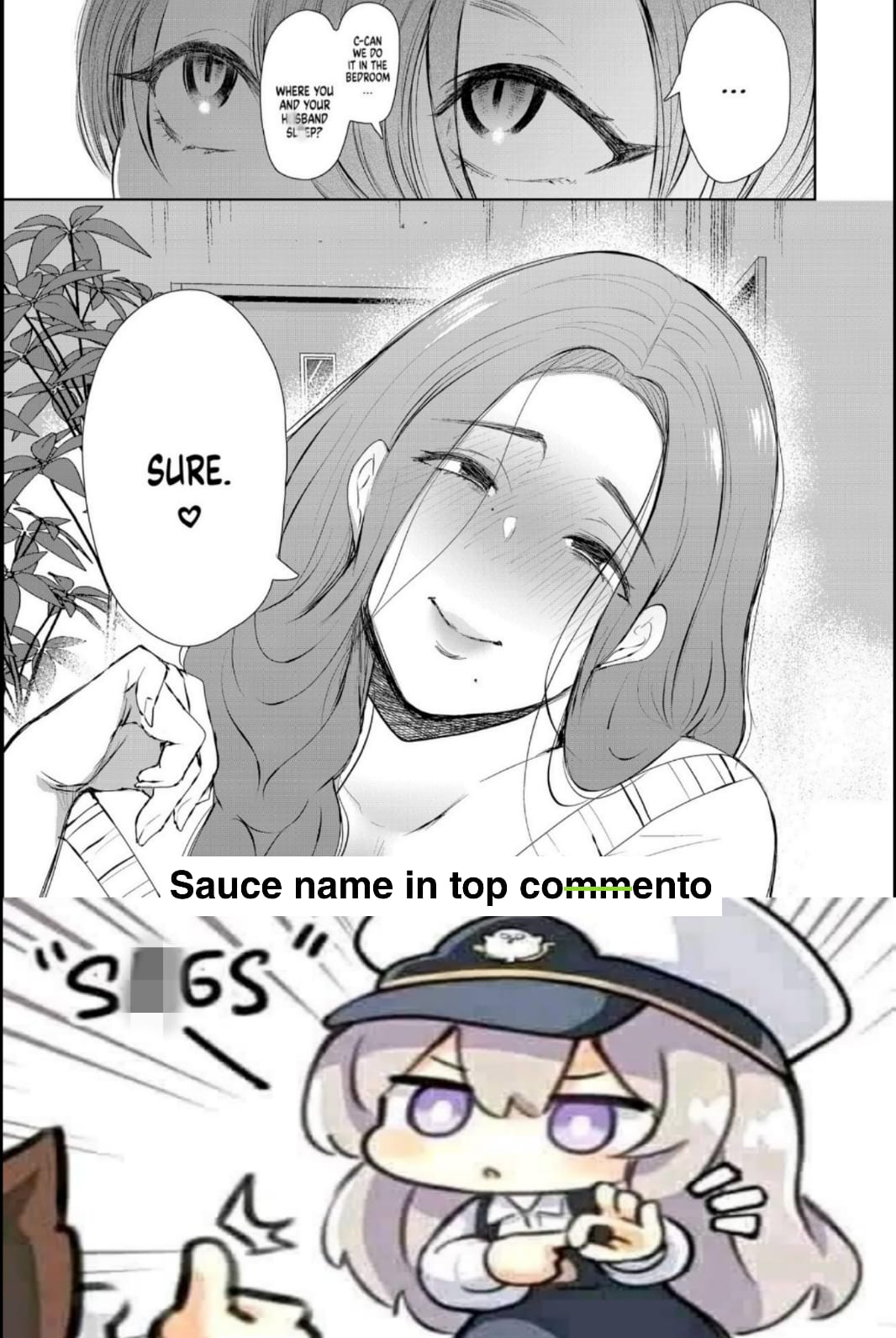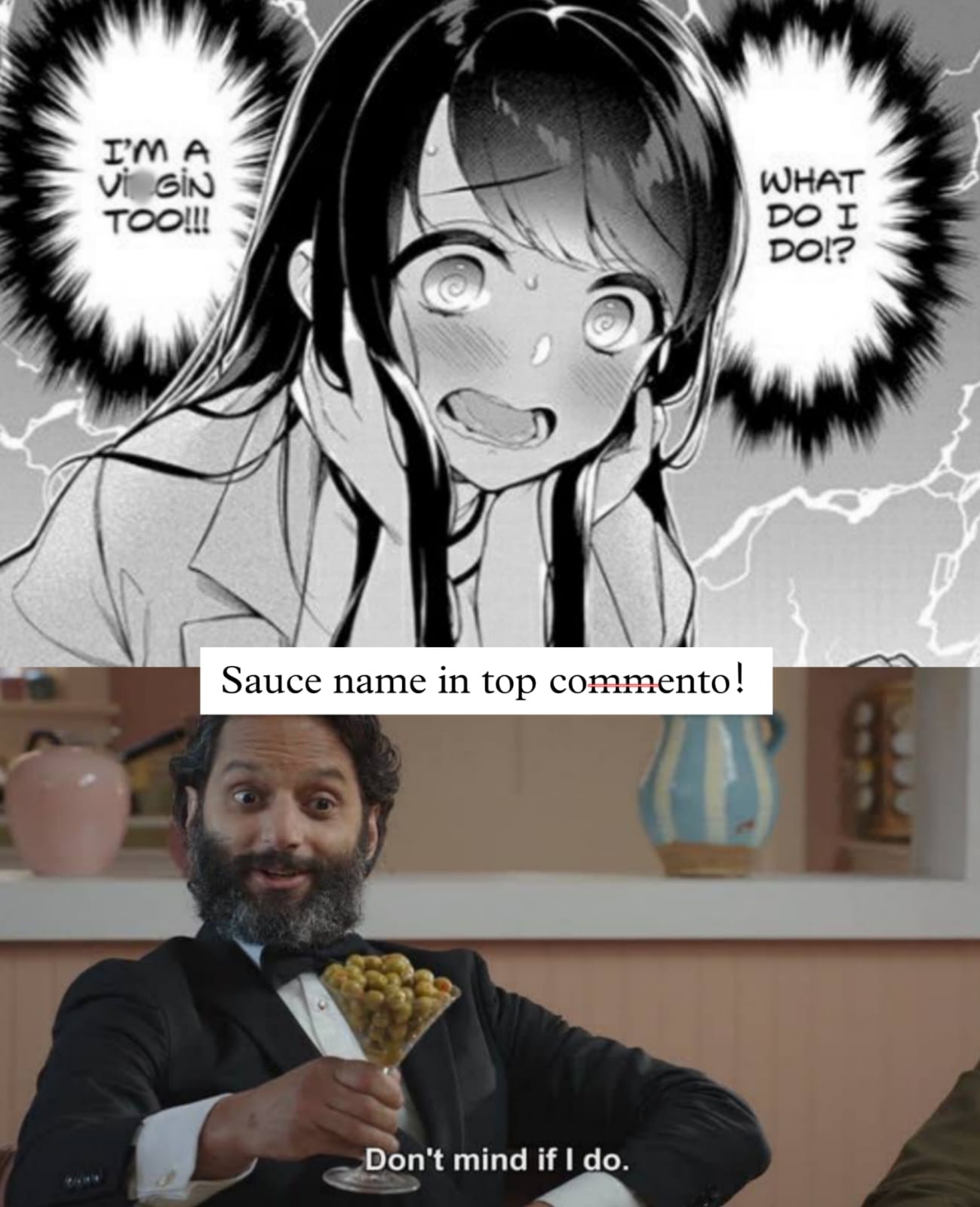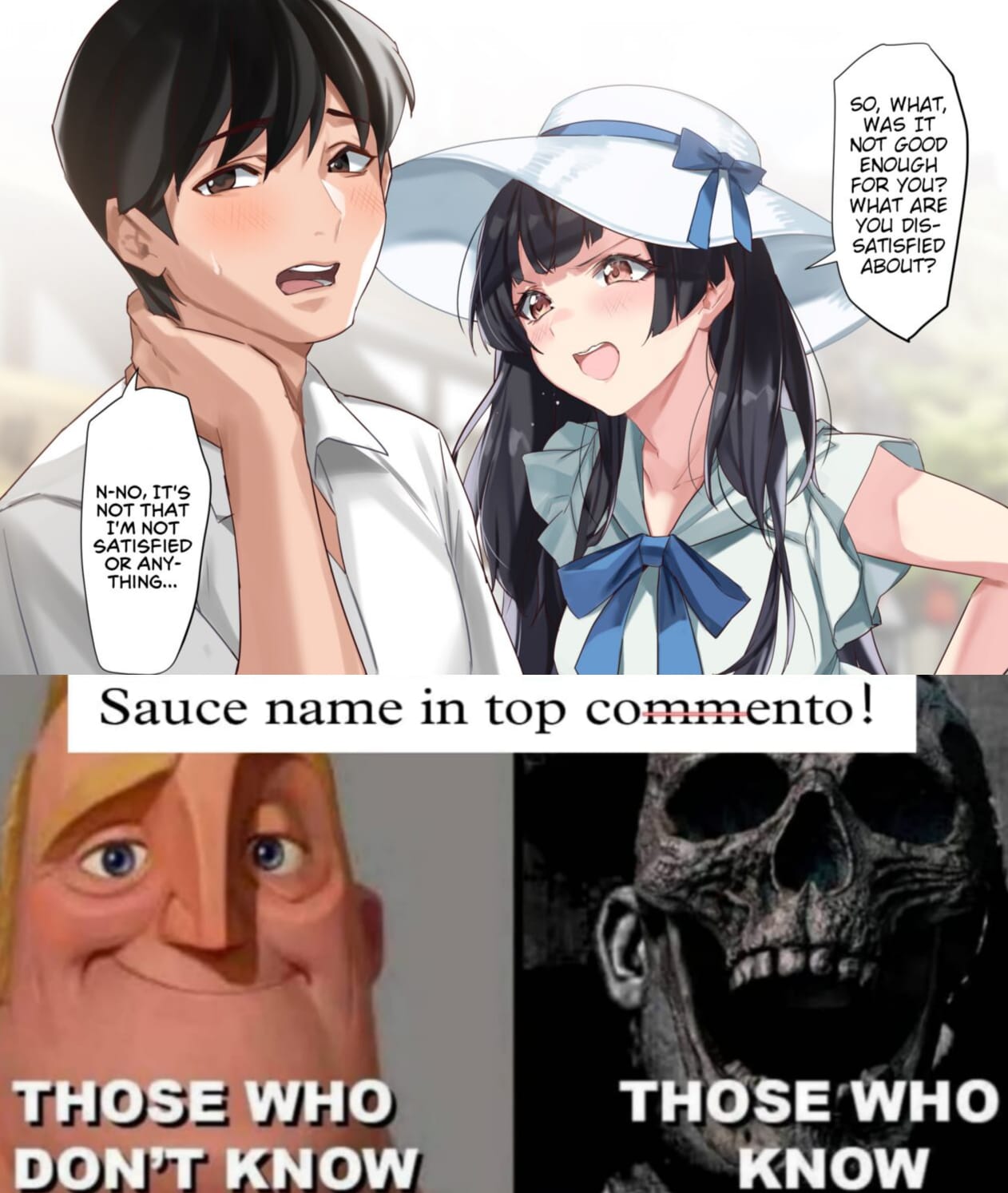Looking for anime that packs a punch with mature themes and complex storytelling? Look no further than seinen series. Made for young adult men but grabbing audiences of all ages and genders, these shows tackle everything from adventure and sci-fi to politics and sports.
While Shonen might steal the spotlight, seinen has been steadily gaining ground in the hearts of fans everywhere. As its popularity grows, so does the list of exceptional series that deserve recognition for their artistry.
From gripping adventures to thought-provoking dramas, seinen anime offers something for everyone. So why stick to the mainstream when you can go into the diverse and daring world of seinen?
Note: Animes are not shown based on ranking order.
12. Vinland Saga
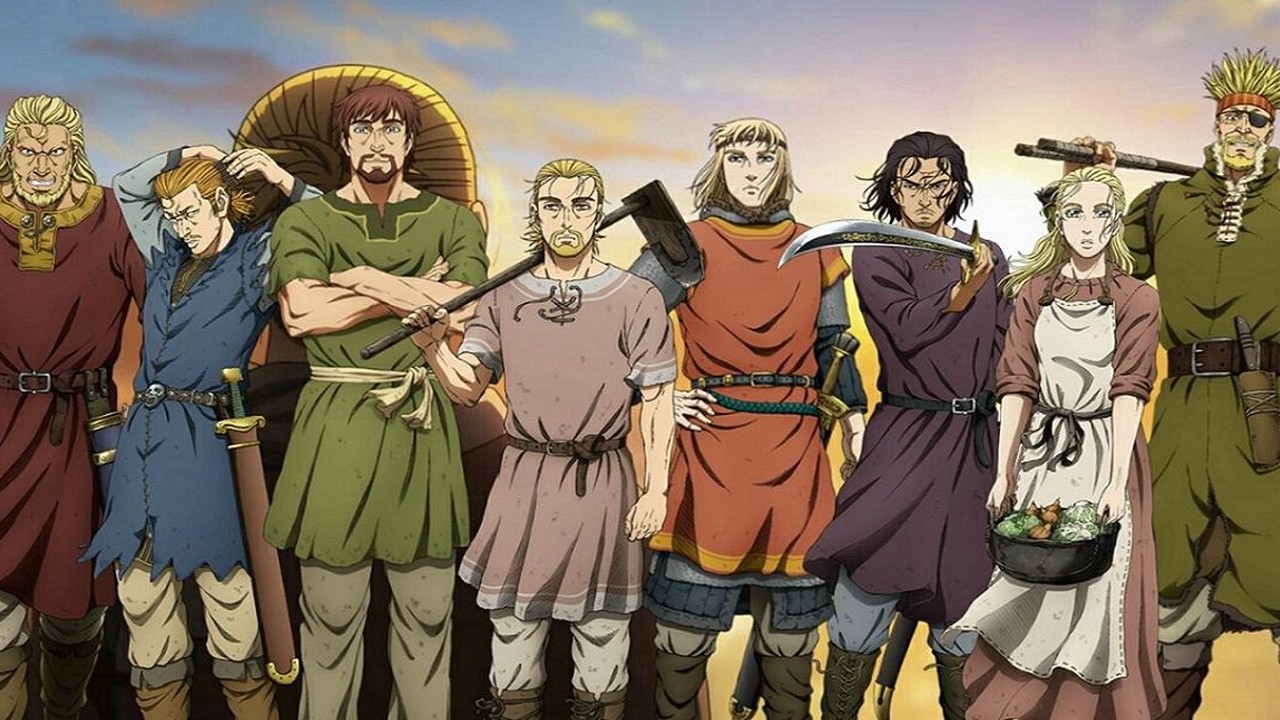
Vikings aren’t a common theme in anime, and it’s quite rare for Japanese animation to look into the intricate world of Scandinavian warriors. Vinland Saga demonstrates why this subject is a perfect fit for the screen, with its dark, gory warfare and historical twist.
Following the journey of young Thorfinn, this seinen anime looks into the unique lifestyle of Viking warriors and what drives them. To be honest, many of the battle elements reminiscent of Berserk contribute to what makes Vinland Saga such an outstanding anime.
However, Vinland Saga stands out in its own way, appealing more to history enthusiasts. Season 2 takes a significant turn as it evolves into a character-driven saga, with the protagonist’s struggle to break free from his cycle of violence at the forefront.
Season 1 captured global attention with its rich characterizations, intense action, and intricate world-building. Season 2 reframes many of Thorfinn’s actions from the previous season, transforming him from a somewhat one-dimensional character into a tragic figure burdened by guilt and hopelessness.
Yet, as the protagonist confronts his past actions, he begins to find a new purpose, gradually replacing his sense of despair with a newfound determination to live.
“Vinland Saga” is a Japanese manga series written and illustrated by Makoto Yukimura. It was first serialized in the youth-targeted Weekly Shōnen Magazine before moving to the monthly manga magazine Monthly Afternoon, aimed at young adult men.
This shift in publication reflects the series’ deep and mature themes, which blend historical events with rich, fictional storytelling. The series has been adapted into an anime, bringing Yukimura’s intricate world to a broader audience. Set in the Viking Age, “Vinland Saga” combines historical authenticity with engaging narrative and character development, making it a standout in both the manga and anime industry.
“Vinland Saga” is set in 11th-century Europe, primarily focusing on the Danish invasion of England. The story begins with Thorfinn, the son of a revered Viking warrior named Thors. Thorfinn’s life takes a drastic turn when his father is killed by the mercenary leader Askeladd. Consumed by vengeance, Thorfinn joins Askeladd’s band, not for loyalty but to gain the strength and opportunity to duel and kill Askeladd.

The plot goes deep into themes of revenge, the brutal reality of war, and the quest for the true meaning of a warrior. Thorfinn’s journey is not just physical but deeply philosophical, exploring his internal struggles and the transformation from a revenge-driven boy to a more complex and morally introspective character.
Yukimura’s meticulous research is evident throughout “Vinland Saga.” The manga pays close attention to historical details, from Viking culture and societal norms to specific historical events and figures, such as King Sweyn Forkbeard and Prince Canute. This historical grounding gives the series an educational aspect, introducing readers to the harsh realities and complexities of the Viking era.
The concept of “Vinland” itself, a term referring to parts of North America explored by Norse Vikings, is a recurring dream and ideal in the series. It represents a land of freedom and peace, contrasting sharply with the violent and tumultuous world the characters inhabit. This dichotomy enriches the narrative, providing a glimmer of hope and aspiration amid the darkness.
The characters in “Vinland Saga” are deeply nuanced and undergo significant development throughout the series. Thorfinn starts as a vengeful and angry boy, but his encounters and experiences gradually shape his worldview. Askeladd, initially portrayed as the antagonist, reveals layers of complexity, blending cunning intelligence with unexpected nobility and tragedy in his own backstory.
Prince Canute’s transformation is another highlight of the series. Initially a timid and unassuming character, Canute evolves into a formidable leader, driven by a vision of a peaceful and unified kingdom. This development is both compelling and believable, showcasing Yukimura’s skill in creating multidimensional characters.
“Vinland Saga” explores several profound themes, with revenge and redemption at its core. Thorfinn’s journey is a stark depiction of how vengeance can consume one’s life and the emptiness it brings. Through his relationships and the influence of other characters, Thorfinn learns the futility of violence and the value of peace and forgiveness.
The series also goes into existential themes, questioning the meaning of a true warrior. Thors, Thorfinn’s father, embodies this philosophical warrior ideal, teaching that “a true warrior needs no sword.” This pacifistic philosophy challenges the traditional glorification of violence and heroism in warrior cultures, urging a redefinition of strength and courage.
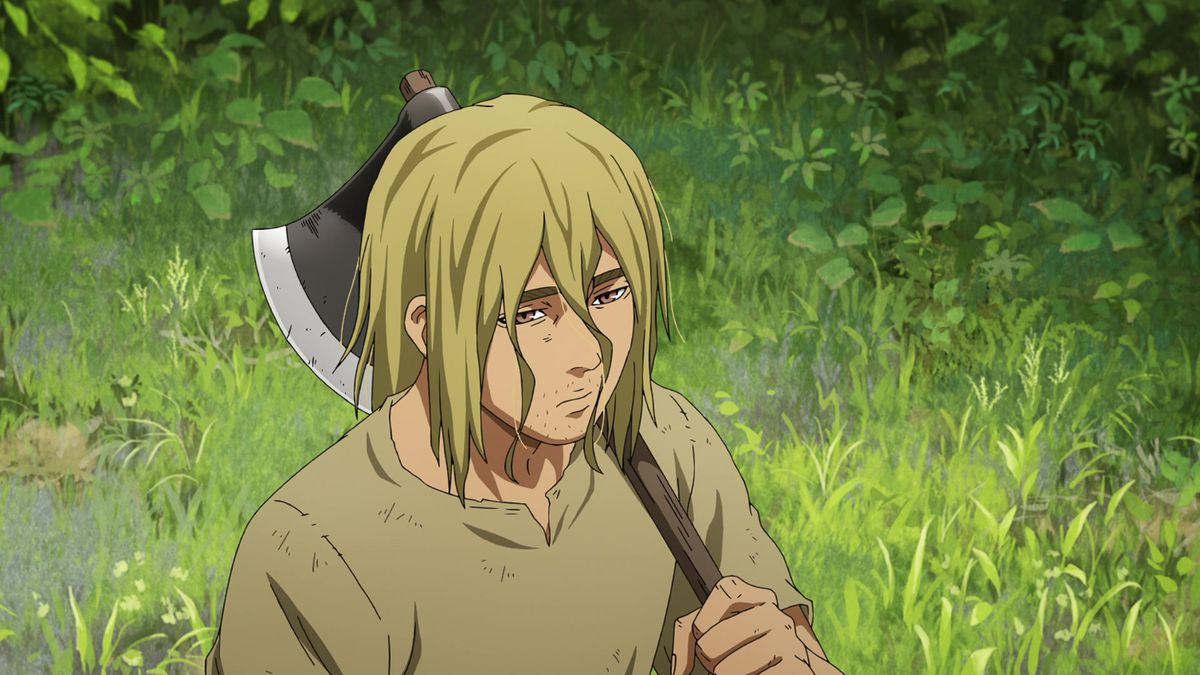
Makoto Yukimura’s artwork in the manga is detailed and dynamic, capturing the brutal beauty of the Viking Age. The character designs are realistic, and the battle scenes are depicted with a visceral intensity that enhances the story’s emotional impact.
The anime adaptation, produced by Wit Studio, brings this visual richness to life. The animation quality is high, with fluid action sequences and stunning scenery that reflect the historical setting. The music and voice acting further elevate the experience, immersing viewers in the world Yukimura created.
“Vinland Saga” has garnered critical acclaim for its storytelling, character development, and historical accuracy. It has a strong following among manga enthusiasts and has been praised for its mature approach to complex themes. The anime adaptation has also been well-received, introducing the series to a wider audience and receiving accolades for its production quality and faithful adaptation of the source material.
The series has sparked interest in Viking history and culture, demonstrating the power of well-researched historical fiction in engaging and educating audiences. It stands out in the seinen genre for its blend of action, drama, and philosophical depth.
“Vinland Saga” is a masterful blend of historical fiction and philosophical exploration, offering a gripping narrative set against the backdrop of the Viking Age. Its rich character development, deep themes, and stunning art make it a standout series in both manga and anime forms.
Makoto Yukimura’s dedication to historical accuracy and storytelling excellence ensures that “Vinland Saga” is not just a tale of revenge and war but a profound meditation on humanity, peace, and the true meaning of strength. For fans of historical epics and thoughtful, character-driven narratives, “Vinland Saga” is a must-read and a must-watch.
11. Ghost In The Shell
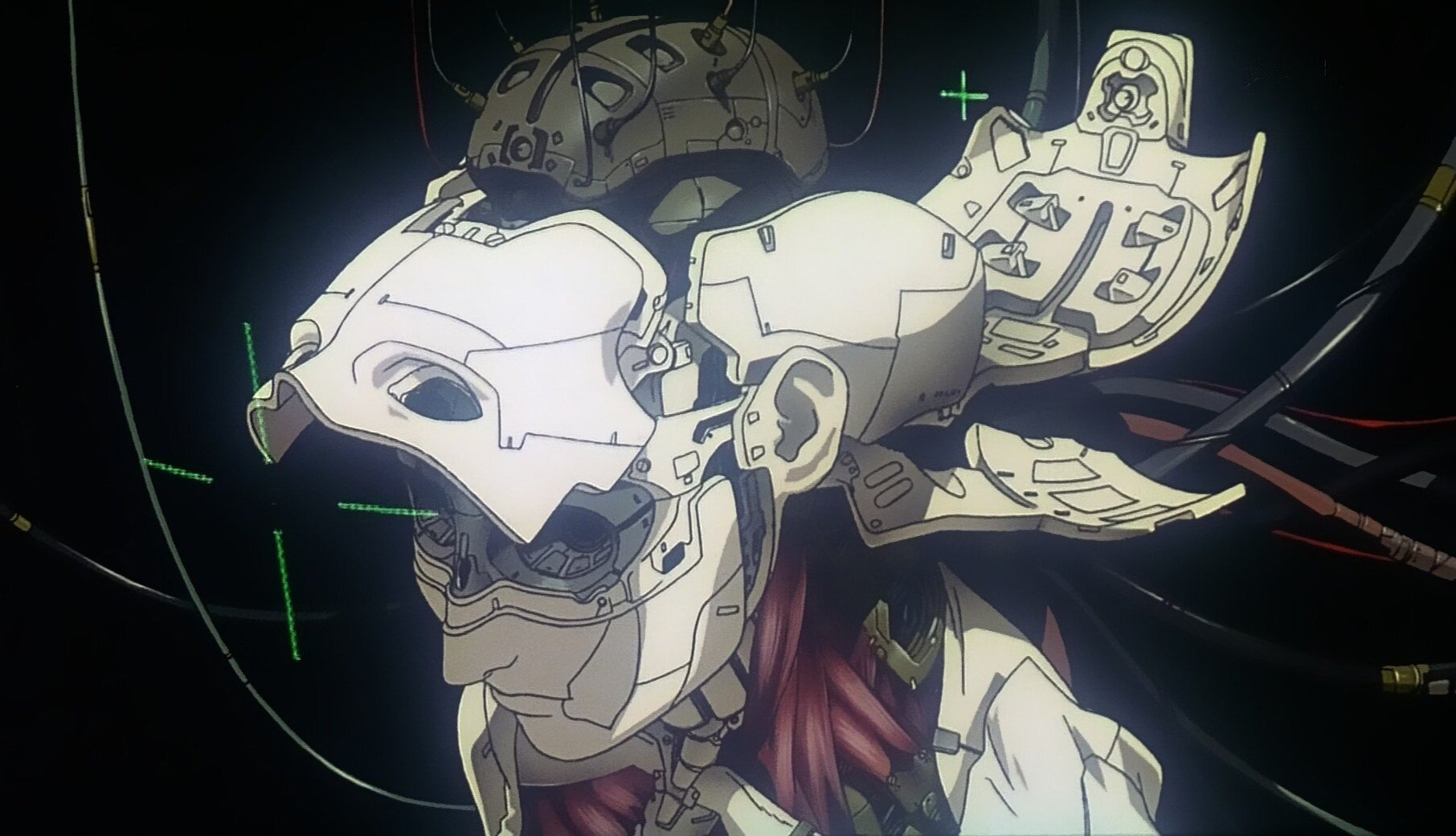
Live-action adaptations within the anime are not unheard of, but when it comes to a series with a live-action movie released in the West, that’s a different ballgame altogether. Ghost In The Shell has garnered international acclaim as a seinen anime masterpiece, characterized by striking artwork for its time and a fascinating concept.
Centered around the narrative of Motoko Kusanagi, an android crafted for combat, the Ghost In The Shell series constructs one of the most compelling storylines in the sci-fi and police genres. With its richly developed characters and action-packed universe, it’s evident why both the movie and subsequent series rank among the finest examples of seinen anime.
“Ghost in the Shell” (GITS) is a seminal work in the science fiction genre, created by Masamune Shirow. Originally a manga series serialized in Kodansha’s “Young Magazine” from 1989 to 1991, it has since expanded into an influential media franchise, including animated films, television series, video games, and live-action adaptations.
Known for its complex narrative, philosophical depth, and pioneering cyberpunk aesthetics, “Ghost in the Shell” explores themes of identity, consciousness, and the fusion of human and machine.
The central narrative of “Ghost in the Shell” follows Major Motoko Kusanagi, a cyborg officer working for Public Security Section 9, a specialized task force in a futuristic Japan. The story is set in the mid-21st century, where cybernetic enhancements and artificial intelligence are ubiquitous, blurring the lines between humans and machines.
The plot often revolves around Kusanagi and her team tackling cybercrime, terrorism, and issues arising from advanced technology. One of the most prominent arcs involves the pursuit of the elusive hacker known as the Puppet Master, whose actions challenge the boundaries of artificial intelligence and human consciousness.
“Ghost in the Shell” is renowned for its exploration of profound philosophical questions. Central to the series is the concept of the “ghost,” which refers to the human consciousness or soul, and the “shell,” the physical body, often cybernetic in this world. This duality raises questions about what it means to be human in an age where bodies and minds can be artificially constructed and enhanced.
The series goes into the nature of identity and self-awareness, especially through Major Kusanagi’s existential reflections. As a cyborg with only a few biological remnants, she constantly grapples with her humanity. The narrative probes whether a soul can exist in a completely artificial body and how memories and experiences shape identity.
Another key theme is the fusion of humans and machines. The series envisions a future where cybernetic implants and neural networks are common, leading to enhanced capabilities but also new vulnerabilities. This technological integration prompts discussions on the ethical and societal implications of such advancements.

Major Motoko Kusanagi is the linchpin of the series, and her character is richly developed. She embodies the fusion of human and machine, being a cyborg with exceptional combat skills and hacking abilities.
Despite her stoic exterior, Kusanagi is introspective, frequently questioning her existence and purpose. Her internal struggles and her interactions with her team, especially Batou and Togusa, provide a human element amidst the high-tech setting.
Batou, Kusanagi’s loyal second-in-command, offers a contrasting perspective. Although also cybernetically enhanced, Batou maintains a more grounded and pragmatic outlook. His relationship with Kusanagi adds depth to both characters, showcasing a blend of camaraderie and philosophical discourse.
Togusa, one of the few members of Section 9 with minimal cybernetic enhancements, represents the human side of the spectrum. His traditional views and human vulnerabilities highlight the contrast within the team and emphasize the broader themes of humanity and technology.
The visual style of “Ghost in the Shell” is iconic, blending cyberpunk aesthetics with meticulous attention to detail. The futuristic cityscapes, with their neon lights and towering skyscrapers, create a vivid backdrop that enhances the narrative’s depth. The character designs, particularly the intricate depiction of cyborgs, reflect the fusion of organic and synthetic elements.
Mamoru Oshii’s 1995 animated film adaptation is particularly notable for its atmospheric visuals and innovative use of digital effects. The film’s opening sequence, showcasing the creation of Kusanagi’s cybernetic body, is a masterclass in animation and has become emblematic of the series.
The animation, especially in films and series like “Stand Alone Complex,” is known for its high quality and fluidity. The attention to detail in action sequences and the representation of cyberspace interactions contribute significantly to the immersive experience.
“Ghost in the Shell” has had a profound influence on the science fiction genre, both in Japan and globally. Its philosophical depth and visual style have inspired numerous creators across different media. The series is often credited with influencing major works in the cyberpunk genre, including the “Matrix” trilogy, which shares thematic and aesthetic similarities.
The franchise’s impact extends beyond entertainment. Its exploration of artificial intelligence, cybernetics, and the nature of consciousness resonates with contemporary discussions in technology and philosophy. The questions it raises about identity and the human condition remain relevant as advancements in AI and cybernetics continue to blur the boundaries between humans and machines.
“Ghost in the Shell” is a landmark in science fiction, blending complex narratives with philosophical inquiry and stunning visuals. Its exploration of identity, consciousness, and the integration of humans and machines offers a profound reflection on the future of humanity.
Through its richly developed characters and immersive world-building, “Ghost in the Shell” challenges viewers and readers to contemplate the nature of existence in a rapidly evolving technological scenery. Its legacy endures, continuing to inspire and provoke thought in science fiction and beyond.
For those interested in a thought-provoking, visually nice experience, “Ghost in the Shell” remains a quintessential work in the genre.
10. Ping Pong
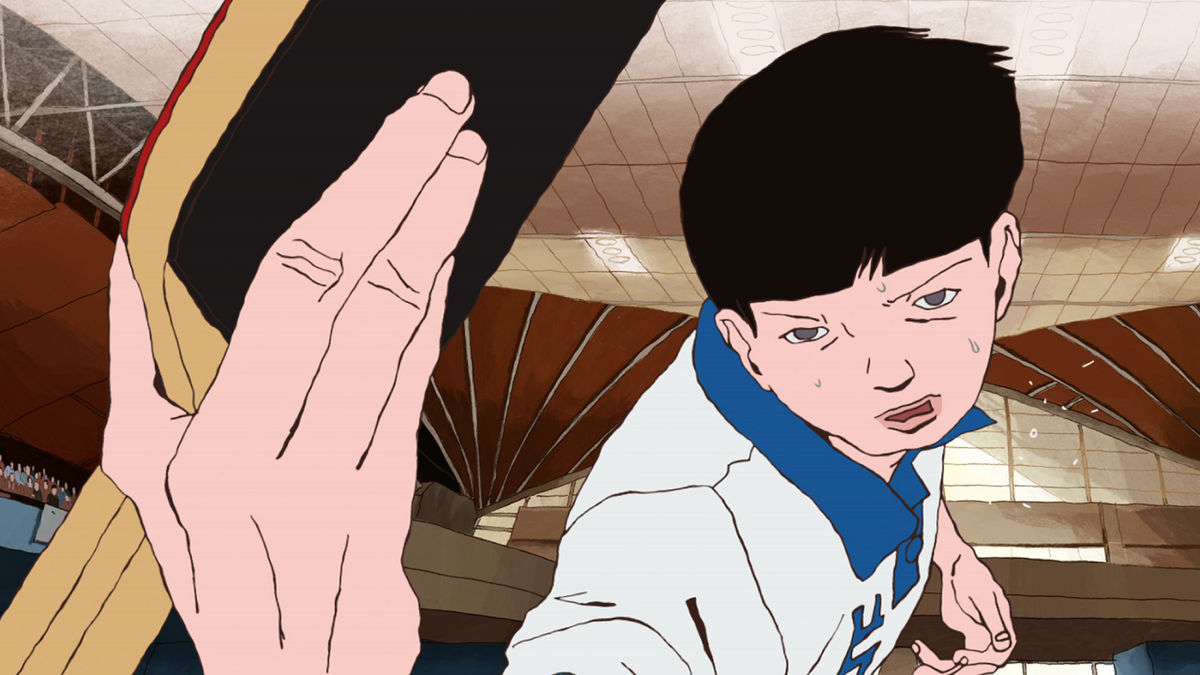
Sports anime occupies a unique space, being both incredibly mainstream and a niche taste. Once someone falls for the genre, they often find themselves hooked for good, especially considering the steady stream of new shows each season. However, Ping Pong Animation stands out as truly one-of-a-kind.
Since childhood, the reserved Smile has looked up to the confident Peco as his hero, their shared passion for ping pong forming a bond between them. But when Peco suffers a devastating defeat and undergoes a transformation that leaves Smile feeling like he’s lost his friend,
Smile takes it upon himself to bring back the Peco he once knew. Ping Pong the Animation revolves entirely around the friendship between Smile and Peco, offering a profound exploration of both characters.
“Ping Pong” is a critically acclaimed sports anime and manga series that stands out for its unique storytelling and artistic approach. Written and illustrated by Taiyō Matsumoto, the manga was serialized in Shogakukan’s Big Comic Spirits from 1996 to 1997.
The anime adaptation, directed by Masaaki Yuasa and produced by Tatsunoko Production, aired in 2014. Both the manga and anime are celebrated for their deep character development, innovative animation style, and philosophical undertones, offering a profound exploration of the sport and its impact on the lives of its players.
The narrative of “Ping Pong” centers around two high school friends, Makoto “Smile” Tsukimoto and Yutaka “Peco” Hoshino, who are both talented table tennis players. Smile is a quiet, introspective boy who lacks the drive to win despite his natural talent. Peco, on the other hand, is passionate and aims to become the best in the world but struggles with his own insecurities and setbacks.
The story follows their journey through various competitions, highlighting their personal growth and the evolution of their friendship. Key characters include their coach, Jō “Butterfly Joe” Koizumi, and rival players such as Ryūichi Kazama, Manabu Sakuma, and Kong Wenge, each bringing their own unique perspectives and challenges to the narrative.
One of the strengths of “Ping Pong” is its rich character development. Smile and Peco’s contrasting personalities and their growth are central to the story. Smile’s journey is about finding his passion and overcoming his emotional barriers, while Peco’s arc revolves around rediscovering his love for the game after facing defeat and disillusionment.
Coach Koizumi plays a crucial role in Smile’s development, recognizing his potential and pushing him to confront his fears. The coach’s backstory and dedication to the sport add depth to his character, making him more than just a mentor figure.
The rival players are not mere antagonists; they are fully fleshed-out characters with their own motivations and backstories. Kazama’s strict and disciplined approach contrasts with Peco’s carefree attitude, while Kong Wenge’s struggle to reclaim his pride after being demoted from China’s national team adds a layer of international competition and personal redemption to the story.
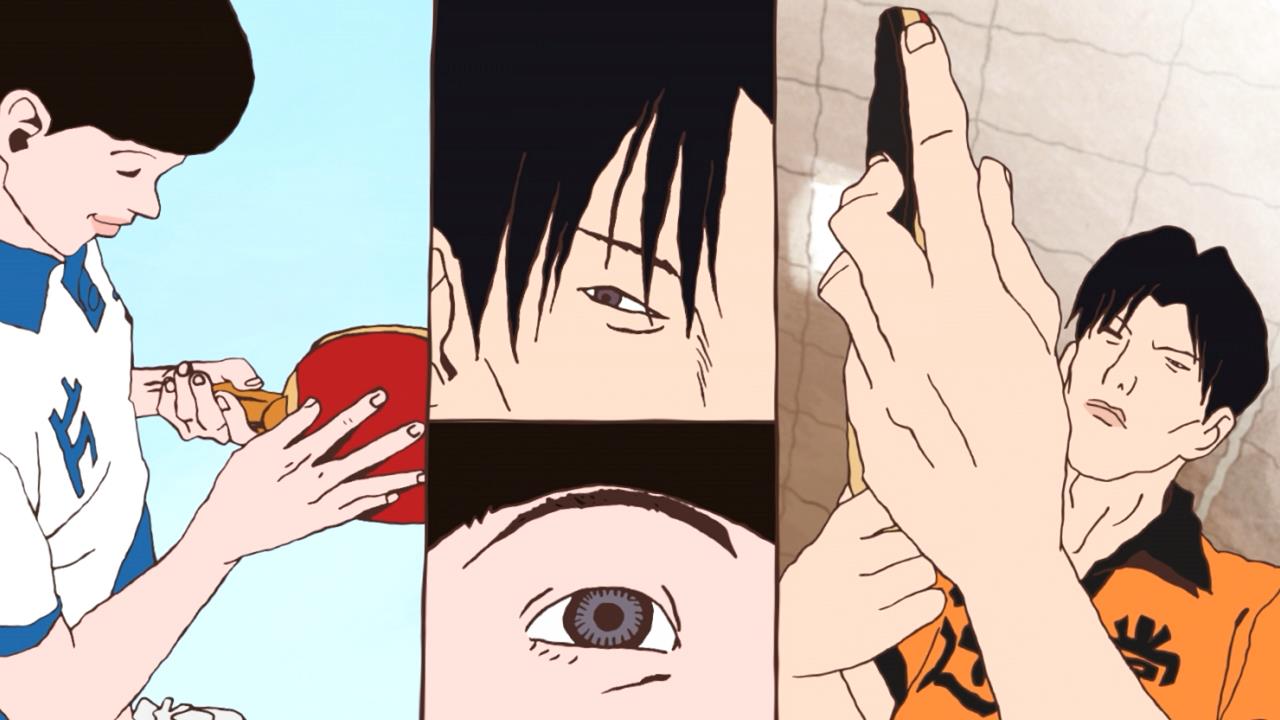
“Ping Pong” goes into several profound themes beyond the realm of sports. The series explores the nature of talent and hard work, questioning what drives individuals to excel and the personal costs of pursuing greatness. Smile’s reluctance to dominate the sport, despite his innate skill, raises questions about motivation and the true essence of competition.
The theme of friendship is central to the story, particularly the complex bond between Smile and Peco. Their relationship is marked by rivalry, support, and mutual growth, illustrating how friendships can shape and define personal journeys.
Identity and self-discovery are also significant themes. Each character’s interaction with table tennis serves as a metaphor for their internal struggles and aspirations. The sport becomes a medium through which they confront their fears, insecurities, and desires, leading to personal transformation.
The visual style of “Ping Pong” is distinctive and unconventional. Taiyō Matsumoto’s original manga artwork is characterized by its rough, sketch-like quality and expressive character designs, which convey intense emotions and dynamic movement. Masaaki Yuasa’s anime adaptation captures this unique aesthetic while adding his own flair, resulting in an animation style that stands out for its fluidity and inventiveness.
Yuasa’s direction brings kinetic energy to the table tennis matches, using bold visual techniques such as split screens, exaggerated angles, and rapid cuts to heighten the drama and intensity. This approach not only reflects the physicality of the sport but also the psychological states of the characters during matches.
The animation’s abstract and artistic style may be unconventional compared to more mainstream anime, but it serves to enhance the storytelling, making the emotional and psychological aspects of the narrative more vivid and impactful.
“Ping Pong” has received widespread critical acclaim for both its manga and anime adaptations. The manga won the 1997 Shogakukan Manga Award for general manga, and the anime adaptation has been praised for its faithful yet innovative portrayal of the source material. Critics and audiences alike have lauded the series for its deep character development, thematic richness, and unique visual style.
The anime, in particular, has been highlighted for Masaaki Yuasa’s distinctive directorial approach, which brought a fresh perspective to sports anime. It has been noted for breaking away from the typical tropes of the genre, offering a more introspective and philosophical take on the world of competitive sports.
“Ping Pong” is a masterful blend of sports drama and philosophical exploration, distinguished by its deep character development and unique artistic style. Taiyō Matsumoto’s storytelling and Masaaki Yuasa’s visionary direction create a compelling narrative that goes beyond the confines of a traditional sports series.
By going into themes of talent, hard work, friendship, and self-discovery, “Ping Pong” offers a profound and emotionally resonant experience that resonates with both sports enthusiasts and those looking for a more introspective narrative. For those seeking an anime or manga that challenges conventions and goes deep into the human spirit, “Ping Pong” is an essential and rewarding journey.
9. March Comes In Like A Lion
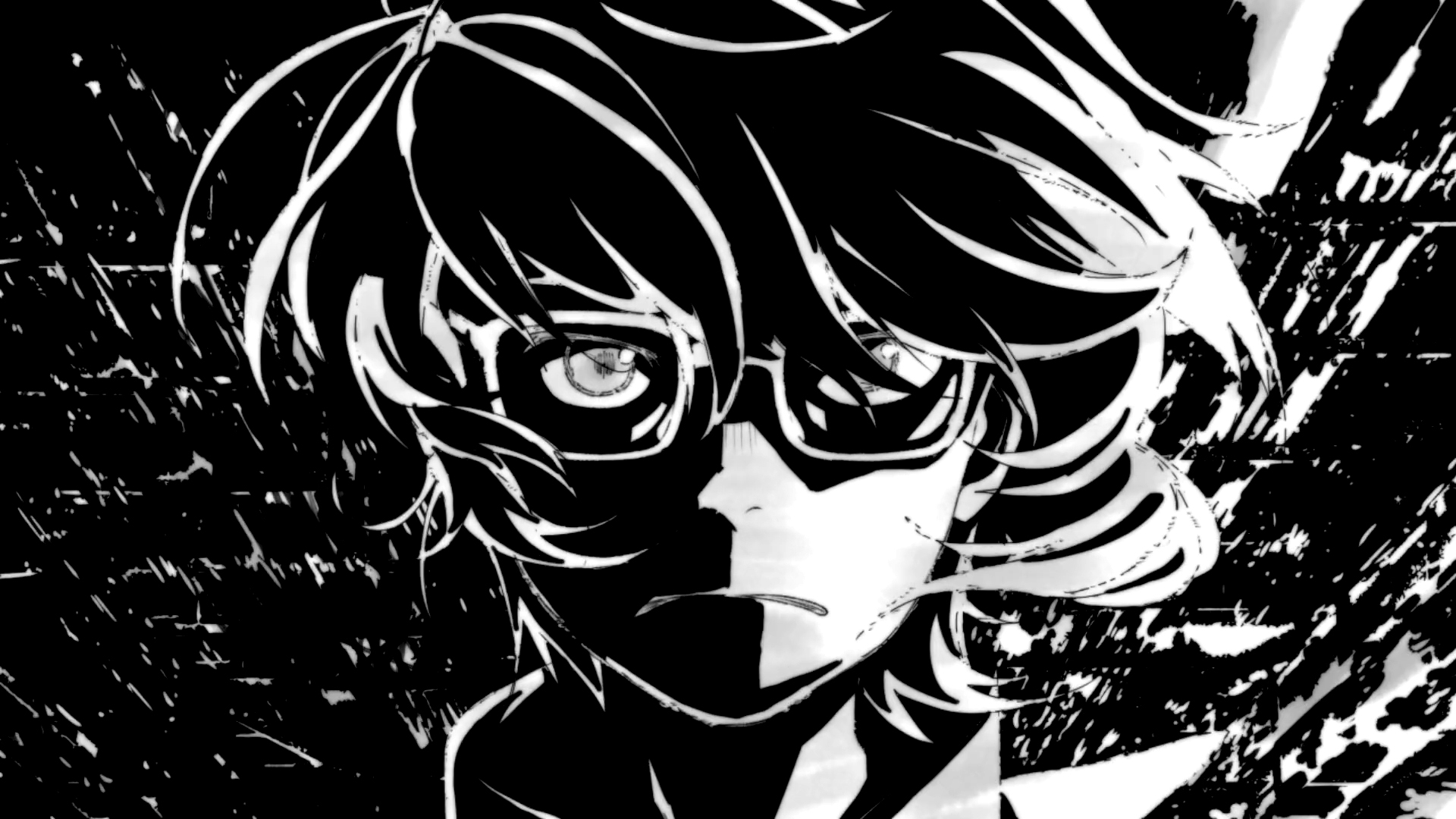
While March Comes In Like A Lion may not boast the mainstream popularity of some other seinen anime, its poignant exploration of depression, loneliness, and hopefulness sets it apart from the crowd. At its core, the story revolves around Rei Kiriyama, a reserved professional shogi player, and his connection with the Koda family.
What makes this anime stand out is its ability to deliver genuinely heartwarming moments, a rarity in many seinen series that often lean towards tragedy. Nevertheless, March Comes In Like A Lion doesn’t shy away from addressing heavy themes such as bullying and depression. Yet, it handles these subjects with sensitivity and realism, offering no easy solutions but also never extinguishing the flame of hope.
“March Comes In Like a Lion” (3月のライオン, Sangatsu no Lion) is a critically acclaimed Japanese manga series written and illustrated by Chica Umino. The series began serialization in Hakusensha’s seinen manga magazine *Young Animal* in 2007 and has been adapted into an anime series by Shaft, airing from 2016 to 2018, and a live-action film.
Known for its poignant storytelling, rich character development, and emotional depth, “March Comes In Like a Lion” goes into themes of loneliness, mental health, family, and personal growth, all framed within the context of professional shogi (Japanese chess).
The story centers around Rei Kiriyama, a 17-year-old professional shogi player who lives alone in Tokyo. Having lost his family in a tragic accident, Rei struggles with deep-seated loneliness and depression. Despite his success in shogi, he finds little solace in his achievements and feels disconnected from the world around him.
Rei’s life begins to change when he meets the Kawamoto sisters: Akari, Hinata, and Momo. This warm, loving family takes him in, offering him a sense of belonging and emotional support that he has long lacked. As Rei navigates the challenges of his shogi career and his personal struggles, his interactions with the Kawamoto family and other characters help him confront his inner demons and gradually find his place in the world.
One of the series’ strongest aspects is its deep and nuanced character development. Rei Kiriyama is a compelling protagonist whose journey is both heartbreaking and inspiring. His internal battles with loneliness, self-worth, and the trauma of his past are portrayed with sensitivity and realism. As Rei grows and learns to open up to others, his development feels authentic and profoundly moving.
The Kawamoto sisters are pivotal to Rei’s healing process. Akari, the eldest sister, acts as a maternal figure, providing warmth and stability. Hinata, the middle sister, represents hope and resilience, as she herself deals with bullying and personal challenges. Momo, the youngest, brings innocence and joy to Rei’s life. Their household contrasts sharply with Rei’s solitary existence, highlighting the importance of familial bonds and community.
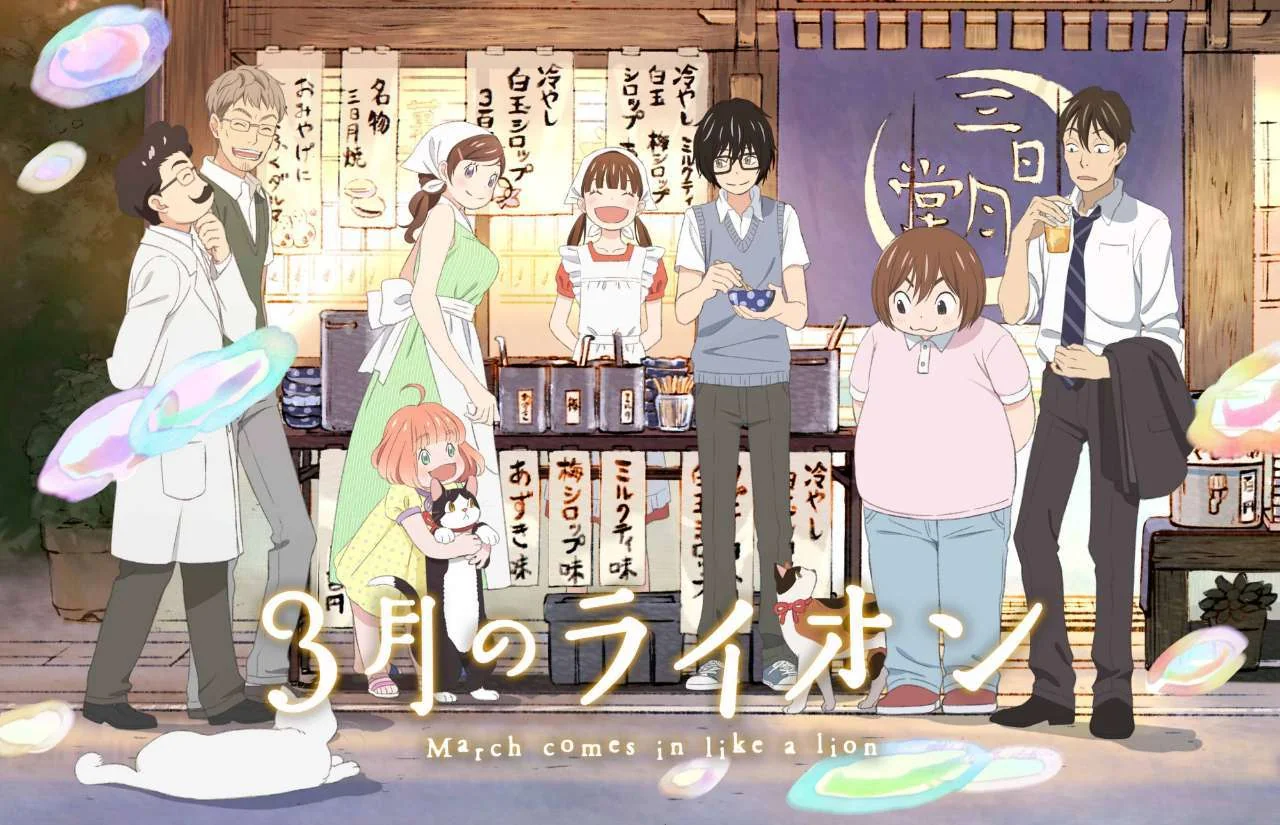
Other significant characters include Rei’s shogi rivals and mentors, each of whom adds depth to the narrative. Characters like Harunobu Nikaidou,
Rei’s passionate and loyal friend, and Kai Shimada, a seasoned shogi player who becomes a mentor figure, enrich the story with their own struggles and growth. The series does an excellent job of portraying the shogi community as a microcosm of broader human experiences, where competition and camaraderie coexist.
“March Comes In Like a Lion” explores several profound themes that resonate deeply with audiences. Loneliness and isolation are central to the narrative, depicted through Rei’s experiences and emotional state. The series goes into the complexities of mental health, portraying depression and anxiety with authenticity and empathy. Rei’s journey is a testament to the importance of addressing mental health and seeking support.
Family and belonging are also pivotal themes. The Kawamoto sisters’ unconditional acceptance of Rei underscores the healing power of love and human connection. The series suggests that family is not solely defined by blood relations but by the bonds we form with those who care for and support us.
The pursuit of personal growth and self-discovery is another significant theme. Through shogi, Rei confronts his fears and insecurities, learning valuable life lessons along the way. The series presents shogi not just as a game but as a metaphor for life’s struggles and triumphs, emphasizing perseverance, strategy, and introspection.
The visual style of “March Comes In Like a Lion” is distinctive and expressive. Chica Umino’s manga artwork is characterized by its delicate line work and emotional expressiveness, effectively conveying the characters’ inner worlds.
The anime adaptation by Shaft stays true to the source material while adding its own artistic flair. The use of color, lighting, and imaginative visual metaphors enhances the storytelling, bringing the characters’ emotions to life in a vivid and impactful way.
The animation beautifully captures the contrast between Rei’s internal turmoil and the warmth of the Kawamoto household. Scenes depicting Rei’s loneliness are often rendered in muted tones and shadowy compositions, while the Kawamoto home is bathed in warm, inviting colors, symbolizing hope and comfort.
“March Comes In Like a Lion” has been widely praised for its storytelling, character depth, and emotional resonance. The manga has received several awards, including the Manga Taishō Award and the Kodansha Manga Award, cementing its status as a significant work in the manga industry.
The anime adaptation has also been lauded for its faithful and heartfelt portrayal of the source material, garnering a dedicated fanbase and critical acclaim.
The series has had a notable cultural impact, particularly in its handling of mental health issues. By portraying these themes with sensitivity and depth, “March Comes In Like a Lion” has contributed to broader conversations about mental health and the importance of empathy and support.
“March Comes In Like a Lion” is a masterful exploration of the human condition, blending poignant storytelling with rich character development and philosophical depth. Through the lens of shogi, it goes into themes of loneliness, mental health, family, and personal growth, offering a narrative that is both heart-wrenching and uplifting.
The series’ distinctive art and animation further enhance its emotional impact, making it a standout work in both manga and anime. For those seeking a deeply moving and thought-provoking experience, “March Comes In Like a Lion” is a must-read and must-watch, embodying the power of storytelling to illuminate the complexities of the human heart.
8. Fate/Zero
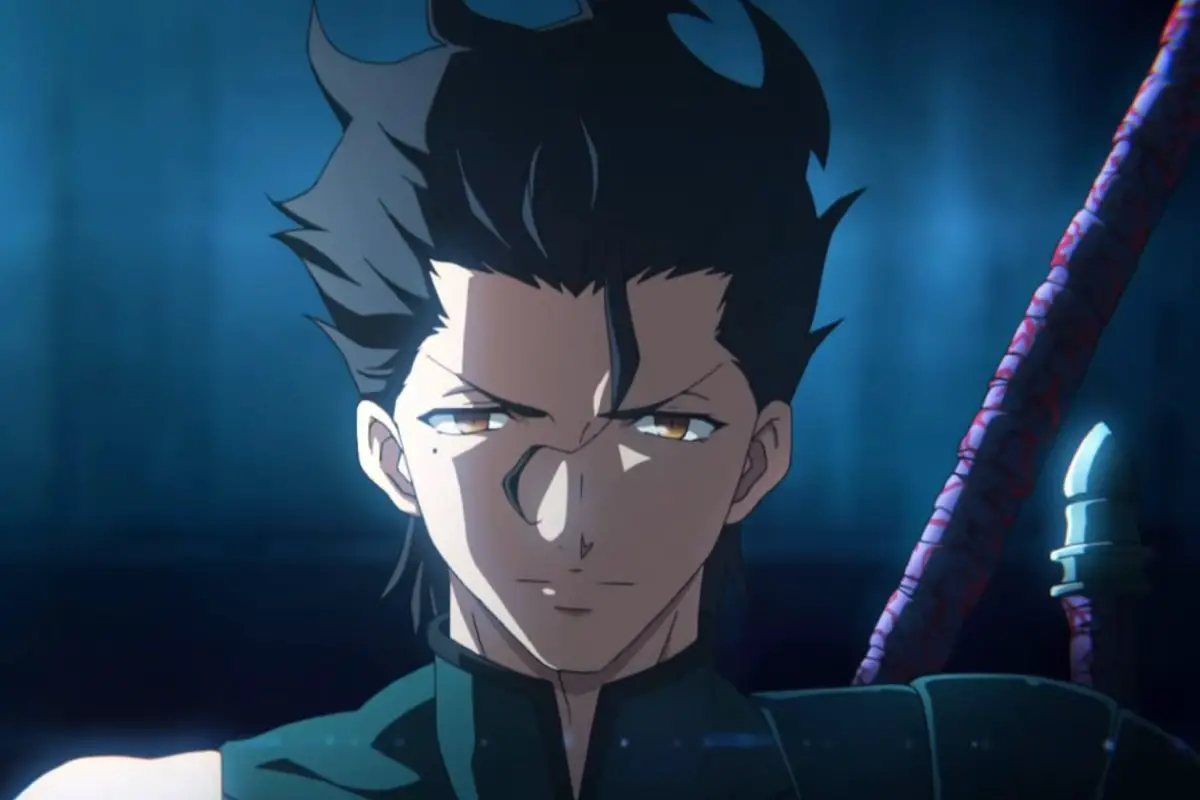
Part of the renowned Fate series, it’s undeniable that Fate/Zero falls squarely into the seinen category. Originally published as a seinen manga, it distinguishes itself with a notably darker tone compared to other entries in the Fate universe.
There’s no denying the allure of this story, which fascinates audiences for a multitude of reasons. From its intricate narratives and extensive world-building to its stunning artwork, sound design, and breathtaking fight scenes, Fate/Zero stands out as a masterpiece.
However, viewers should consider the watch order of the Fate series. While Fate/Zero can be enjoyed as a standalone series, for those interested in looking deeper into the Fate universe, it serves as a prequel to Fate/Stay Night.
“Fate/Zero” is a Japanese light novel series written by Gen Urobuchi, illustrated by Takashi Takeuchi, and set in the Type-Moon universe. Serving as a prequel to the visual novel “Fate/stay night,” “Fate/Zero” goes into the Fourth Holy Grail War, a deadly battle royale involving seven mages (Masters) and their summoned heroic spirits (Servants).
Originally published from 2006 to 2007, it was adapted into an anime series by ufotable, which aired from 2011 to 2012. “Fate/Zero” is celebrated for its mature storytelling, complex characters, and philosophical depth, establishing itself as a cornerstone in the Fate franchise.
The narrative of “Fate/Zero” revolves around the Fourth Holy Grail War, a secret tournament held in Fuyuki City, where seven Masters summon historical and mythical figures to compete for the Holy Grail, a magical artifact said to grant any wish. Unlike previous wars, the Fourth Holy Grail War is particularly brutal, with highly skilled and morally ambiguous participants.
Central to the story is Kiritsugu Emiya, a mercenary known as the “Magus Killer,” who enters the war with his Servant, Saber (Artoria Pendragon). Driven by a desire to end all conflict and suffering, Kiritsugu’s methods are ruthless and pragmatic, often clashing with Saber’s chivalric ideals.
Other key participants include Kirei Kotomine, a priest struggling with his own dark impulses; Tohsaka Tokiomi, an ambitious and calculating mage; and Waver Velvet, a young mage seeking to prove himself, paired with the charismatic Rider (Iskander the Great).
“Fate/Zero” excels in its character development, presenting a cast of morally complex and deeply flawed individuals. Each character is driven by distinct motivations and personal philosophies, leading to intense and often tragic confrontations.
Kiritsugu Emiya: As the central figure, Kiritsugu’s cold and utilitarian approach to achieving peace contrasts sharply with the more idealistic characters.
His tragic backstory, involving personal loss and betrayal, provides insight into his relentless pursuit of the Grail and his willingness to sacrifice anything and anyone to achieve his goal. His internal conflict and ultimate disillusionment are compellingly portrayed, making him one of the most memorable antiheroes in anime.

Kirei Kotomine: Kirei’s journey from a conflicted priest to a fully realized villain is a highlight of the series. Initially seeking meaning in his life, he becomes fascinated by Kiritsugu’s unwavering resolve and eventually embraces his own darker nature. Kirei’s relationship with his Servant, Assassin, and later with the enigmatic Gilgamesh, serves as a catalyst for his transformation.
Saber (Artoria Pendragon): Saber, the legendary King Arthur, is bound by a strong sense of duty and honor. Her interactions with Kiritsugu challenge her ideals and force her to confront the harsh realities of the Grail War. Saber’s unwavering principles and the emotional weight of her past make her a deeply sympathetic character.
Rider (Iskander the Great) and Waver Velvet: The dynamic between Rider and his young Master, Waver, provides a counterpoint to the darker themes of the series. Rider’s larger-than-life personality and his quest for conquest and glory inspire Waver to grow beyond his insecurities and become a more confident and determined individual.
“Fate/Zero” explores several profound themes, including the nature of heroism, the morality of ends versus means, and the pursuit of one’s ideals. The series goes into the concept of “what it means to be a hero,” questioning the traditional notions of heroism and the sacrifices required to achieve one’s goals.
The differing perspectives on heroism are embodied by characters like Saber, who clings to her chivalric code, and Kiritsugu, who believes that the ends justify the means. This thematic conflict is central to the narrative, leading to philosophical debates and moral dilemmas that challenge the characters’ convictions.
The idea of sacrifice is pervasive throughout the series. Characters are forced to confront what they are willing to sacrifice for their ideals, whether it be their humanity, their loved ones, or their own lives. Kiritsugu’s tragic arc, in particular, highlights the cost of pursuing a utopian vision at the expense of personal happiness and moral integrity.
The Holy Grail itself symbolizes the corrupting influence of power. As the Masters and Servants vie for its ultimate wish-granting ability, the true nature of the Grail and the dark desires it elicits are gradually revealed, leading to a climax that underscores the futility of seeking omnipotent power.
The animation quality of “Fate/Zero” is outstanding, thanks to ufotable’s meticulous attention to detail and dynamic visual style. The fight scenes are beautifully choreographed and fluid, with each Servant’s abilities and fighting style distinctively portrayed. The use of lighting, shadows, and color palettes enhances the atmospheric tension, particularly during the series’ darker and more introspective moments.
The character designs remain faithful to Takeuchi’s original illustrations while incorporating ufotable’s signature aesthetic. The background art is richly detailed, bringing the city of Fuyuki and the various historical and mythical settings to life. The animation’s visual flair is complemented by Yuki Kajiura’s evocative musical score, which adds emotional depth and intensity to key scenes.
“Fate/Zero” has been widely praised for its mature storytelling, complex characters, and high production values. It has garnered a significant following both in Japan and internationally, contributing to the enduring popularity of the Fate franchise. The series’ philosophical themes and moral ambiguities have sparked discussions and analyses among fans and critics, solidifying its reputation as a thought-provoking and emotionally resonant work.
The success of “Fate/Zero” has also led to increased interest in the broader Fate universe, including its various adaptations, spin-offs, and related media. The series’ impact on the anime industry is evident in its influence on subsequent works that seek to balance action-packed storytelling with deep character exploration and thematic complexity.
“Fate/Zero” is a masterful blend of action, drama, and philosophical inquiry, offering a compelling narrative set against the backdrop of the Fourth Holy Grail War. Its rich character development, thought-provoking themes, and exceptional animation make it a standout series in the Fate franchise and a significant work in the anime medium.
Through its exploration of heroism, sacrifice, and the human condition, “Fate/Zero” provides a gripping and emotionally charged experience that resonates with audiences long after the final episode. For fans of mature and introspective storytelling, “Fate/Zero” is an essential and unforgettable journey into the complexities of human ambition and desire.
7. Bungo Stray Dogs
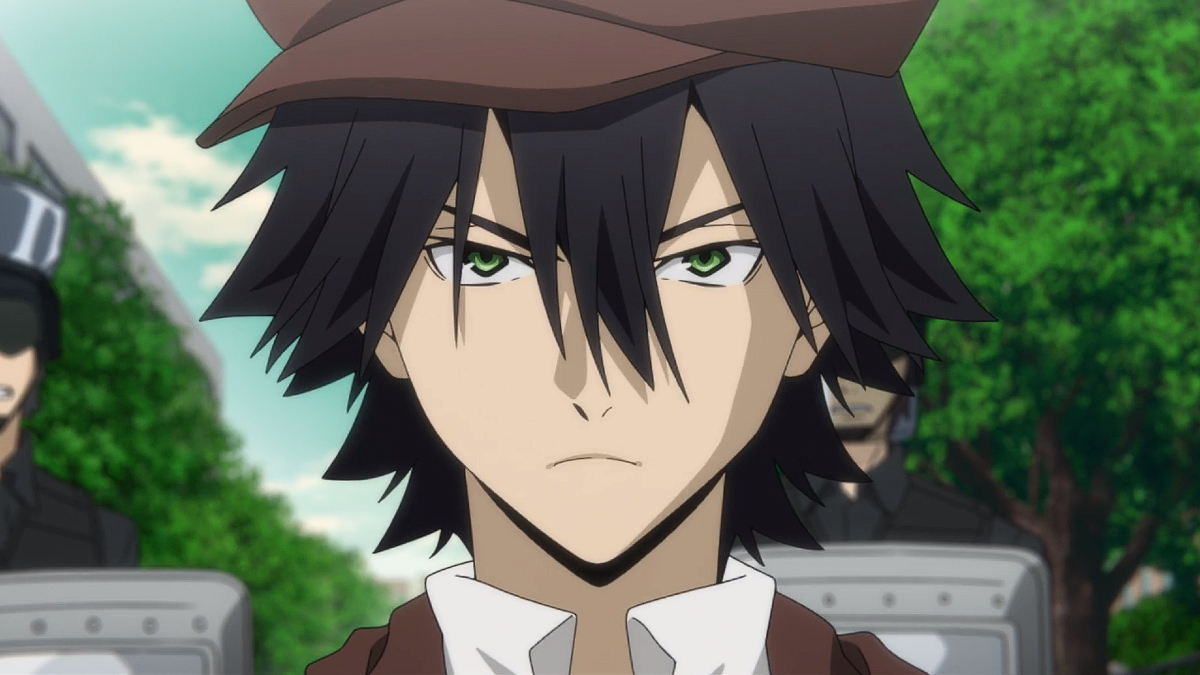
While Bungo Stray Dogs may share some similarities with Psycho-Pass, such as its focus on detective-like characters, it diverges by setting its story in an alternate-reality Yokohama modeled after the 1920s, complete with supernatural abilities. Despite the differences, Bungo Stray Dogs provides an intriguing alternative for viewers who prefer a lighter atmosphere compared to the darker tone of Psycho-Pass.
The real highlight of Bungo Stray Dogs lies in its characters. In many ways, the story feels built around them rather than the other way around. This emphasis offers a deeper and more intricate exploration of character development within the supernatural genre. It’s an ideal series for those who relish becoming attached to each character in the ensemble cast.
“Bungo Stray Dogs” is a unique and engaging Japanese manga series written by Kafka Asagiri and illustrated by Sango Harukawa. It first began serialization in Kadokawa Shoten’s “Young Ace” magazine in 2012 and has since been adapted into multiple anime seasons by studio Bones, a feature film, and even stage plays.
The series stands out for its distinctive premise, featuring characters who are based on famous literary figures, each endowed with supernatural abilities inspired by their works. Combining elements of action, mystery, and the supernatural, “Bungo Stray Dogs” delivers a rich narrative full of complex characters and literary references.
The story of “Bungo Stray Dogs” is set in Yokohama and revolves around the Armed Detective Agency, an organization that employs individuals with supernatural abilities to solve crimes, protect the city, and engage in various battles against criminal organizations. The protagonist, Atsushi Nakajima, is a young orphan who is expelled from his orphanage and left starving on the streets.
His life changes dramatically when he encounters Osamu Dazai, a detective with a dark past and a peculiar fascination with suicide. Dazai recruits Atsushi into the Armed Detective Agency after discovering his latent ability to transform into a powerful white tiger.
The agency consists of other notable characters, each with their own unique abilities derived from their literary namesakes. These characters include Doppo Kunikida, Ranpo Edogawa, and Akiko Yosano, among others. The main antagonistic force is the Port Mafia, a criminal organization led by Mori Ougai;
with members like Ryunosuke Akutagawa and Chuuya Nakahara presenting significant challenges to the protagonists. The series explores the dynamics between the Armed Detective Agency and the Port Mafia, along with the personal struggles and growth of the characters.
Atsushi Nakajima: Atsushi’s journey from a self-doubting orphan to a confident member of the agency is central to the series. His ability, “Beast Beneath the Moonlight,” allows him to transform into a white tiger with immense strength and regenerative capabilities. Atsushi’s growth is marked by his struggle to overcome his traumatic past, find his place in the world, and protect those he cares about.
Osamu Dazai: One of the most compelling characters, Dazai is a former executive of the Port Mafia who now works as a detective. His ability, “No Longer Human,” nullifies any other ability on contact. Dazai’s complex personality, marked by a blend of dark humor, intelligence, and hidden compassion, makes him a fascinating character. His interactions with other characters, especially his former partner Chuuya Nakahara and his protege Akutagawa, add depth to his character.
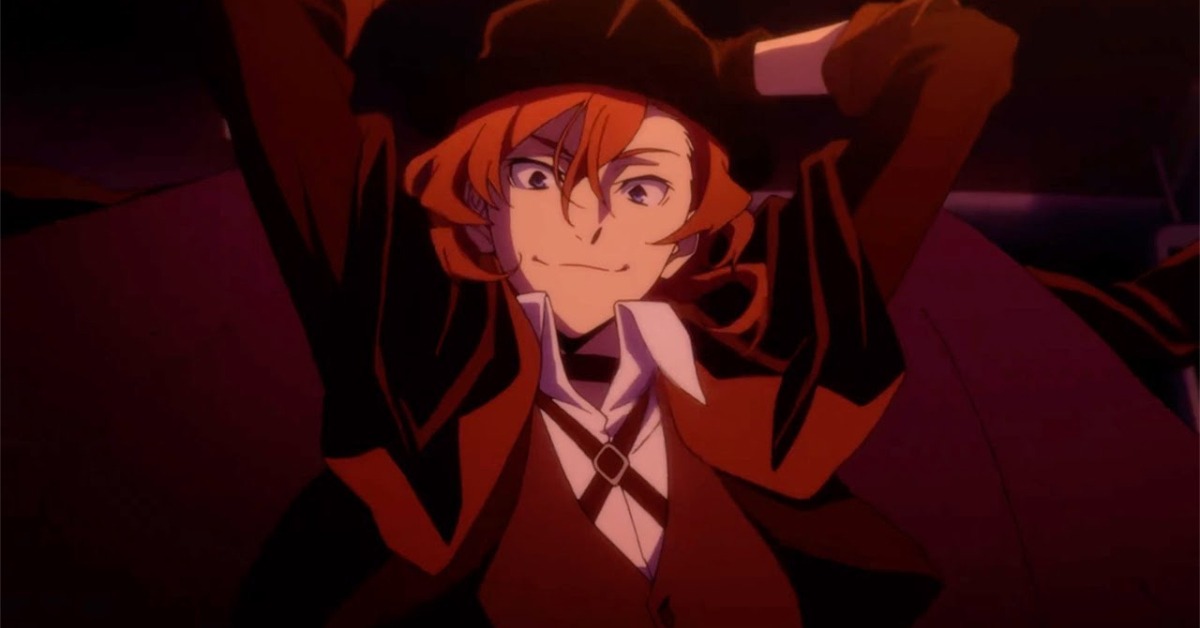
Doppo Kunikida: Kunikida, Dazai’s partner, is a strict and principled detective whose ability, “Lone Poet,” allows him to materialize objects by writing them in his notebook. His commitment to his ideals and his dynamic with the more unpredictable Dazai provide both tension and humor in the series.
Ryunosuke Akutagawa: As a prominent member of the Port Mafia, Akutagawa wields the ability “Rashomon,” which manifests as a destructive black cloak. His intense rivalry with Atsushi and his complex feelings towards Dazai, whom he views as a mentor, drive much of the conflict in the series. Akutagawa’s harsh upbringing and desire for recognition make him a tragic and multifaceted character.
The series frequently explores the nature of humanity and the moral ambiguities that define the characters’ actions. Characters like Dazai and Akutagawa grapple with their pasts and their place in the world, reflecting on the impact of their choices and the possibility of redemption.
The unique premise of having characters based on literary figures allows “Bungo Stray Dogs” to highlight the enduring power of literature and its influence on identity and creativity. The abilities of the characters often symbolize the themes or motifs of their literary counterparts, creating a rich interplay between fiction and reality.
The series goes into the dynamics of conflict and cooperation, particularly through the interactions between the Armed Detective Agency and the Port Mafia. The complex relationships among characters from different factions illustrate the thin line between allies and enemies, emphasizing themes of loyalty and betrayal.
Many characters undergo significant personal growth and seek redemption for their past actions. Atsushi’s journey towards self-acceptance, Dazai’s struggle with his darker impulses, and Akutagawa’s quest for recognition all reflect the series’ focus on the possibility of change and the search for meaning.
The visual style of “Bungo Stray Dogs” is distinctive and dynamic, brought to life by studio Bones. The character designs stay true to Harukawa’s original illustrations, featuring stylish and memorable appearances for each character.
The animation quality is consistently high, especially during action sequences where the characters’ abilities are depicted with creativity and flair. The use of color and lighting enhances the mood, capturing the vibrant yet often dark atmosphere of Yokohama.
The anime’s direction and pacing effectively balance character development, plot progression, and action, maintaining a steady level of engagement. The opening and ending themes, along with the background score, complement the series’ tone and add to the overall immersive experience.
“Bungo Stray Dogs” has garnered a strong following and critical acclaim for its unique blend of action, mystery, and literary homage. The series’ clever use of literary references and well-developed characters have resonated with audiences, leading to a dedicated fanbase and numerous fan works.
The series has expanded into various media, including light novels, a feature film titled “Bungo Stray Dogs: Dead Apple,” and stage plays that further explore the characters and world. The success of “Bungo Stray Dogs” has solidified its place as a notable work in contemporary manga and anime, contributing to the popularity of series that blend supernatural elements with deeper philosophical and cultural themes.
“Bungo Stray Dogs” is a richly layered series that offers more than just action and supernatural battles. Its deep character development, thoughtful exploration of themes, and clever literary references create a compelling narrative that engages both the mind and the heart.
The series’ distinctive art and animation, combined with its strong storytelling, make it a standout in the anime and manga industry. For those seeking a series that blends excitement with introspection and pays homage to literary greats, “Bungo Stray Dogs” is an exceptional choice that continues to entertain and inspire.
6. Pluto

After years of anticipation, fans of Naoki Urasawa’s revered Pluto manga were thrilled when Studio M2 and Netflix released an 8-part OVA adaptation in 2023. Adapting such a legendary property meant the production had to be as close to perfect as possible, and fortunately, the show largely met these lofty expectations.
Centered around an arc from Astro Boy, the story follows Gesicht as he looks into a series of murders involving both humans and robots. While the case itself is intriguing, Pluto’s triumph lies in its exploration of human behavior. By reshaping familiar sci-fi tropes, the series crafts a poignant and compelling narrative rich with socially relevant themes.
“Pluto” is a Japanese manga series written and illustrated by Naoki Urasawa, with the story co-developed by Urasawa and Osamu Tezuka’s son, Makoto Tezuka. The series is a modern reimagining of Tezuka’s classic “Astro Boy” story arc “The Greatest Robot on Earth,” and it was serialized in Big Comic Original from 2003 to 2009.
“Pluto” spans eight volumes and has been acclaimed for its deep, mature storytelling, complex characters, and philosophical themes. The series stands out as a compelling blend of science fiction, mystery, and drama, paying homage to the original while exploring new narrative depths.
“Pluto” is set in a futuristic world where robots and humans coexist, but the boundaries between them are often blurred. The story follows Gesicht, a robot detective from Europol, as he investigates a series of gruesome murders targeting the world’s most advanced robots and key figures in robot rights advocacy. The victims include some of the most powerful robots ever created, all of whom were participants in a past global conflict.
The central mystery revolves around the identity and motives of the mysterious assailant known as Pluto. As Gesicht goes deeper into the case, he uncovers a complex conspiracy that questions the very nature of artificial intelligence, human-robot relations, and the ethical implications of technological advancement.
The narrative weaves through the lives of various characters, including Atom (Astro Boy), Brando, Hercules, and other prominent robots, each with their own perspectives and backstories.
“Pluto” excels in its character development, offering a personalities that drive the narrative forward. Each character, whether human or robot, is portrayed with depth and nuance, reflecting their struggles, desires, and moral dilemmas.
Gesicht: As the protagonist, Gesicht is a highly advanced robot detective who embodies the series’ exploration of identity and morality. He experiences dreams and emotions, blurring the line between human and machine. His investigation into the murders forces him to confront his own existence and the traumatic memories of his past actions during the war. Gesicht’s character arc is marked by his growing awareness of the value of life, both human and robotic.

Atom (Astro Boy): Atom is a central figure in the story, representing innocence and hope. Despite his immense power, Atom possesses a childlike curiosity and a deep sense of justice. His interactions with other characters, especially Gesicht, highlight the potential for empathy and understanding between humans and robots. Atom’s journey in “Pluto” is both a quest for truth and a search for his place in a world fraught with prejudice and conflict.
Dr. Tenma: Dr. Tenma, the creator of Atom, is a complex character driven by his ambition and emotional turmoil. His relationship with Atom is strained, reflecting his internal struggle with guilt and the consequences of his actions. Dr. Tenma’s character serves as a commentary on the responsibilities of creators towards their creations and the ethical dilemmas of technological advancement.
“Pluto” goes into several profound themes, addressing the nature of consciousness, the ethics of artificial intelligence, and the human condition. The series raises important questions about what it means to be human and the potential consequences of technological progress.
One of the central themes of “Pluto” is the exploration of what it means to be human. The robots in the story exhibit emotions, dreams, and moral judgments, challenging the traditional boundaries between human and machine. This theme is embodied in characters like Gesicht, who grapples with his own sense of identity and the value of life.
The series scrutinizes the ethical implications of creating sentient beings and the responsibilities of their creators. Dr. Tenma’s relationship with Atom and the treatment of robots in society highlight the moral dilemmas associated with artificial intelligence. “Pluto” prompts readers to consider the consequences of technological advancements and the ethical treatment of sentient beings.
“Pluto” addresses the impact of war on individuals and societies, both human and robotic. The traumatic memories of the global conflict linger in the minds of characters like Gesicht and other powerful robots, influencing their actions and perspectives. The series examines the long-term effects of violence and the challenges of reconciliation and healing.
Naoki Urasawa’s art in “Pluto” is characterized by its detailed and expressive style, which enhances the emotional depth of the story. The character designs, while paying homage to Tezuka’s originals, are updated to fit the darker, more realistic tone of the series. The use of shading, perspective, and meticulous backgrounds creates a visually immersive experience that complements the narrative’s intensity.
Urasawa’s storytelling is masterful, weaving a complex plot with multiple character arcs and interwoven themes. The pacing of “Pluto” is deliberate, building tension and suspense while allowing for moments of introspection and character development.
The dialogue is thoughtful and nuanced, reflecting the philosophical undertones of the series. Urasawa’s ability to blend mystery, drama, and science fiction results in a narrative that is both engaging and thought-provoking.
“Pluto” has been widely acclaimed for its mature storytelling, intricate plot, and philosophical depth. It has won several awards, including the Tezuka Osamu Cultural Prize and the Eisner Award, recognizing its contribution to the manga and graphic novel medium. The series has been praised for its ability to reinterpret a classic story while addressing contemporary issues related to technology, ethics, and the human condition.
The impact of “Pluto” extends beyond its literary achievements, influencing discussions about the role of artificial intelligence and the ethical considerations of technological advancement. The series has resonated with a broad audience, including both fans of the original “Astro Boy” and new readers drawn to its sophisticated narrative and themes.
“Pluto” is a remarkable work that transcends its origins as a reimagining of a classic story. Through its deep character development, philosophical exploration, and masterful storytelling, the series offers a profound reflection on humanity, technology, and the ethical dilemmas of the modern world.
Naoki Urasawa’s ability to blend mystery, drama, and science fiction results in a narrative that is both compelling and thought-provoking. For readers seeking a manga that challenges conventional boundaries and goes into the complexities of the human condition, “Pluto” is an essential and unforgettable experience.
5. Made in Abyss

Mystery stands out as one of the finest sub-genres within seinen anime, and for good reason. These series enthrall audiences with their manipulation of information and cleverly crafted world-building, allowing creators to regulate tension and suspense with precision—qualities that Made in Abyss executes masterfully.
Made In Abyss tells the tale of an orphan named Riko and her fascination with a colossal chasm known as the Abyss near her hometown. As the mysteries surrounding the Abyss gradually unfold, viewers become increasingly invested in the characters and their journey. It’s a truly exceptional seinen anime, offering a perfect blend of mystery and character development for those seeking an immersive experience.
“Made in Abyss” is a Japanese manga series written and illustrated by Akihito Tsukushi. It began serialization in Takeshobo’s digital publication “Web Comic Gamma” in 2012 and has since been collected into multiple tankōbon volumes.
The series has been adapted into an anime television series by Kinema Citrus, which aired its first season in 2017, followed by a sequel film and a second season. “Made in Abyss” has garnered widespread acclaim for its stunning art, compelling story, and its unique blend of whimsical adventure and dark, mature themes.
“Made in Abyss” is set in a world where a giant chasm, known as the Abyss, stretches deep into the earth, filled with ancient relics and mysterious creatures. The story follows Riko, a young orphan living in the town of Orth on the edge of the Abyss.
Her mother, Lyza, was a legendary White Whistle Delver, explorers who venture into the Abyss to uncover its secrets. One day, Riko discovers a robot boy named Reg in the upper levels of the Abyss. Reg has no memory of his origins but possesses advanced technology and abilities.
Determined to find her mother, who is believed to be alive deep within the Abyss, Riko and Reg embark on a perilous journey. As they descend through the Abyss’s layers, they encounter both wondrous and terrifying creatures and environments, uncovering dark secrets and facing physical and psychological challenges.
Each layer of the Abyss presents unique dangers and wonders, with the curse of the Abyss—an affliction that grows more severe the deeper one goes—posing a constant threat.
“Made in Abyss” excels in character development, offering a cast that grows and evolves with the narrative. The characters’ interactions and personal growth are central to the story’s emotional depth and thematic richness.
Riko: Riko is a bright and determined girl, driven by her desire to find her mother and uncover the secrets of the Abyss. Her unwavering optimism and curiosity often put her at risk, but they also fuel her courage and resilience. Throughout the journey, Riko’s character is tested as she faces the harsh realities of the Abyss, forcing her to mature and adapt.
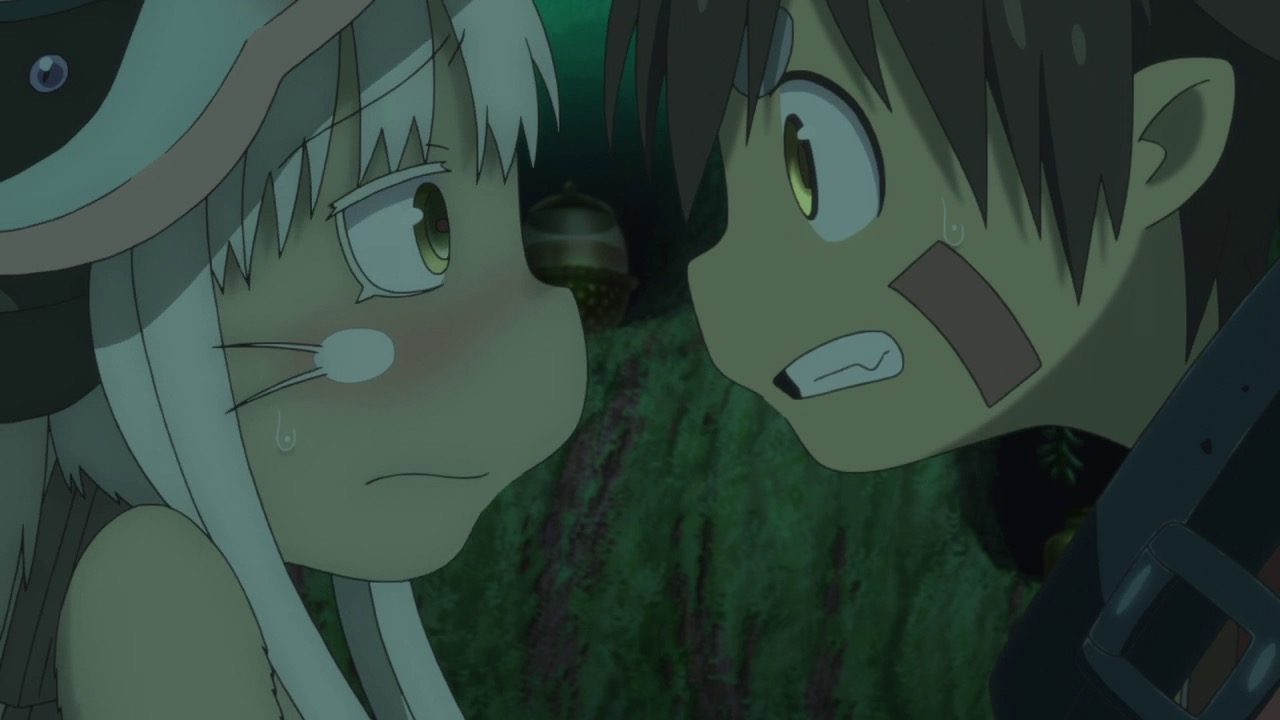
Reg: Reg is a fascinating character due to his mysterious origins and advanced robotic abilities. His relationship with Riko is a cornerstone of the story, blending loyalty and mutual dependency. Reg’s struggle to understand his past and his purpose adds a layer of intrigue and emotional complexity. His protective nature and growing bond with Riko highlight themes of friendship and identity.
Nanachi: Introduced later in the story, Nanachi is a Hollow, a being transformed by the curse of the Abyss. Nanachi’s tragic backstory and wisdom about the Abyss add depth to the narrative. Their knowledge and skills are invaluable to Riko and Reg, and their presence brings a poignant exploration of loss, survival, and companionship.
“Made in Abyss” is rich with themes and symbolism, addressing the duality of adventure and peril, innocence and corruption, and the pursuit of knowledge versus the cost of curiosity.
The series celebrates the spirit of exploration and the human desire to uncover the unknown. The Abyss itself symbolizes both wonder and danger, embodying the thrill and peril of venturing into uncharted territories. This theme is reflected in Riko’s relentless drive to follow in her mother’s footsteps despite the risks.
The juxtaposition of the characters’ childlike innocence with the Abyss’s dark and often horrifying reality creates a powerful narrative tension. As Riko and Reg descend, they confront increasingly severe moral and physical challenges, symbolizing the loss of innocence and the inevitable encounter with the world’s harsh truths.
“Made in Abyss” goes into the ethical implications of seeking knowledge and the sacrifices it demands. The Abyss’s allure represents humanity’s insatiable curiosity, while its dangers highlight the potential consequences of pushing beyond natural limits. The characters’ journeys raise questions about the value of knowledge versus the cost of acquiring it.
The art and animation of “Made in Abyss” are standout features, contributing significantly to the series’ impact. Akihito Tsukushi’s detailed artwork in the manga translates beautifully into the anime, with Kinema Citrus delivering stunning visuals that capture the Abyss’s vast and varied scenery. The character designs are deceptively cute, creating a stark contrast with the often grim and mature themes of the story.
The animation quality is consistently high, with fluid motion and attention to detail in both action sequences and quiet moments. The use of color and lighting enhances the atmosphere, from the bright, inviting surface world to the dark, foreboding depths of the Abyss. The sound design and music, composed by Kevin Penkin, further elevate the emotional and immersive experience, with haunting melodies that underscore the narrative’s tension and beauty.
“Made in Abyss” has received critical acclaim and a strong fan following, praised for its unique storytelling, complex characters, and breathtaking visuals. The series has been lauded for its ability to blend lighthearted adventure with dark, thought-provoking themes, creating a narrative that appeals to a wide range of audiences.
The manga and anime have won several awards, including the prestigious Japan Media Arts Festival Award. The series’ success has led to the production of a sequel film, “Made in Abyss: Dawn of the Deep Soul,” and a second season, “Made in Abyss: The Golden City of the Scorching Sun.” The story’s impact extends beyond its media adaptations, influencing discussions about the ethical implications of exploration and the human condition’s darker aspects.
“Made in Abyss” is a masterful work that transcends its initial appearance as a simple adventure story. Through its richly developed characters, intricate world-building, and exploration of profound themes, the series offers a deeply engaging and emotionally resonant experience. The art and animation bring the Abyss to life, capturing its beauty and terror in equal measure.
For those seeking a manga and anime that challenge conventional storytelling with a blend of whimsy and darkness, “Made in Abyss” is an exceptional choice. It is a testament to the power of narrative art, drawing readers and viewers into a world that is as enchanting as it is harrowing, and leaving a lasting impression long after the final page is turned or the screen goes dark.
4. Oshi no Ko
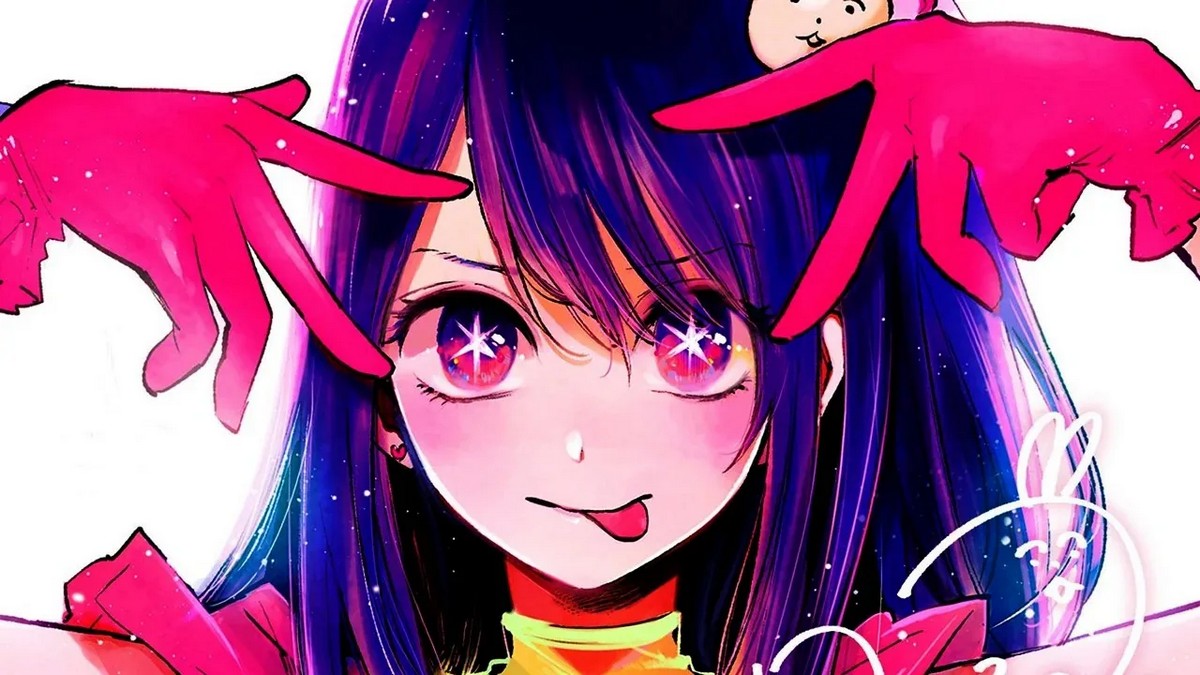
Aka Akasaka’s Kaguya-sama has undoubtedly cemented its place as one of the most beloved manga and anime series of the past decade. However, it’s not the mangaka’s only masterpiece. Oshi no Ko, while not devoid of humor or uplifting moments, takes a more somber look at the entertainment industry, refusing to sugarcoat its cutthroat nature and dark underbelly.
To avoid spoilers, as this show is best experienced with fresh eyes, Oshi no Ko offers a gripping murder mystery intertwined with themes of fame, obsession, and grief. It’s a compelling watch for anyone intrigued by the darker side of fame and the entertainment world.
True to form, Doga Kobo’s animation is stellar, matched by exceptional voice acting that brings the characters to life with depth and emotion.
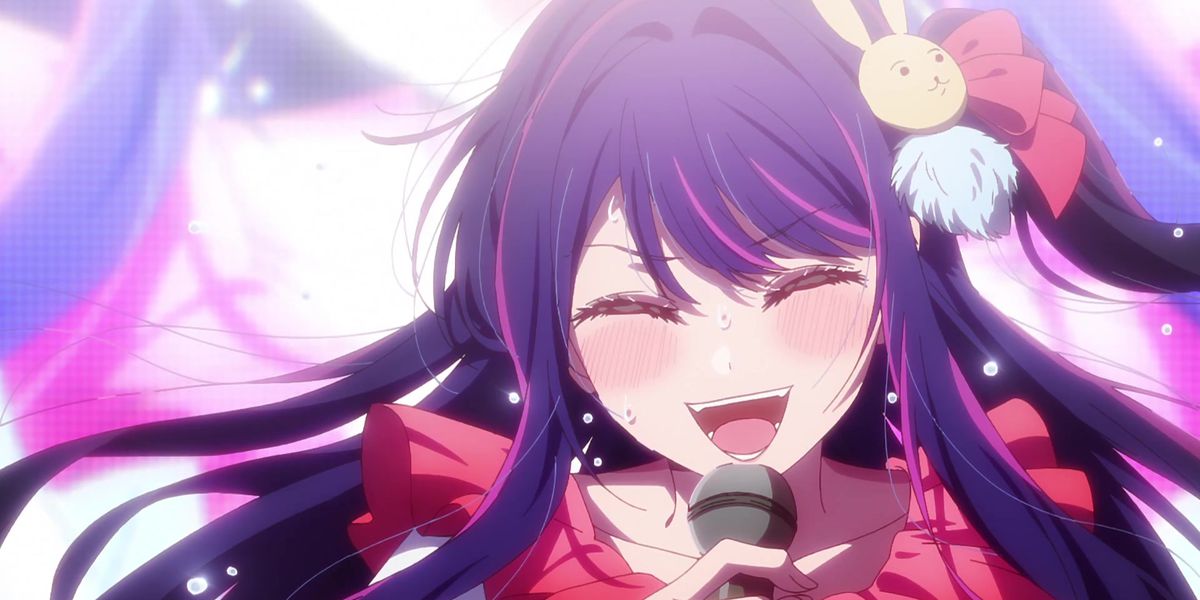
“Oshi no Ko” is a Japanese manga series written by Aka Akasaka, known for “Kaguya-sama: Love is War,” and illustrated by Mengo Yokoyari, famous for “Scum’s Wish.”
The series began serialization in Shueisha’s “Weekly Young Jump” in 2020 and quickly gained a significant following due to its unique storyline, compelling characters, and unflinching exploration of the entertainment industry. “Oshi no Ko” translates to “My Favorite Idol” in English, hinting at the central themes of idol worship, the dark side of fame, and the complexities of the entertainment world.
“Oshi no Ko” starts with the story of Ai Hoshino, a popular and charismatic idol whose life is abruptly cut short. The narrative takes a dramatic turn with the reincarnation of two characters—Dr. Gorou Amemiya and a terminally ill girl named Sarina Tendouji—as Ai’s twin children, Aquamarine (Aqua) and Ruby.
With their memories of their previous lives intact, Aqua and Ruby navigate their new lives with a deep understanding of the industry’s inner workings.
The twins’ journey is driven by Aqua’s determination to uncover the truth behind their mother’s murder and seek revenge. As they go deeper into the entertainment industry, they encounter various challenges, uncover hidden truths, and confront the harsh realities of fame. The series skillfully balances dark themes with moments of levity and emotional depth, offering a nuanced portrayal of the industry.

“Oshi no Ko” excels in character development, presenting a cast that is complex, multi-dimensional, and continually evolving.
Aqua Hoshino: Aqua’s character is defined by his single-minded pursuit of justice for his mother’s death. His intelligence, resourcefulness, and deep understanding of the entertainment industry make him a formidable protagonist.
However, his relentless quest for revenge often leads him down morally ambiguous paths, highlighting the toll it takes on his psyche. Aqua’s interactions with other characters, particularly his sister Ruby, reveal his inner struggles and vulnerabilities.
Ruby Hoshino: In contrast to Aqua’s somber determination, Ruby is more optimistic and driven by her desire to follow in her mother’s footsteps as an idol. Her journey is marked by her struggles to overcome the shadows of her past life and the challenges of the industry. Ruby’s character development is compelling as she balances her passion for performing with the harsh realities she faces, showcasing her resilience and determination.
Ai Hoshino: Despite her early death, Ai’s presence looms large over the series. As an idol, she embodied the perfect image of charm and innocence, but her personal life was filled with secrecy and loneliness. Ai’s duality is a central theme, illustrating the often stark contrast between public personas and private lives in the entertainment industry. Her legacy and the impact of her murder drive the narrative and the motivations of the main characters.
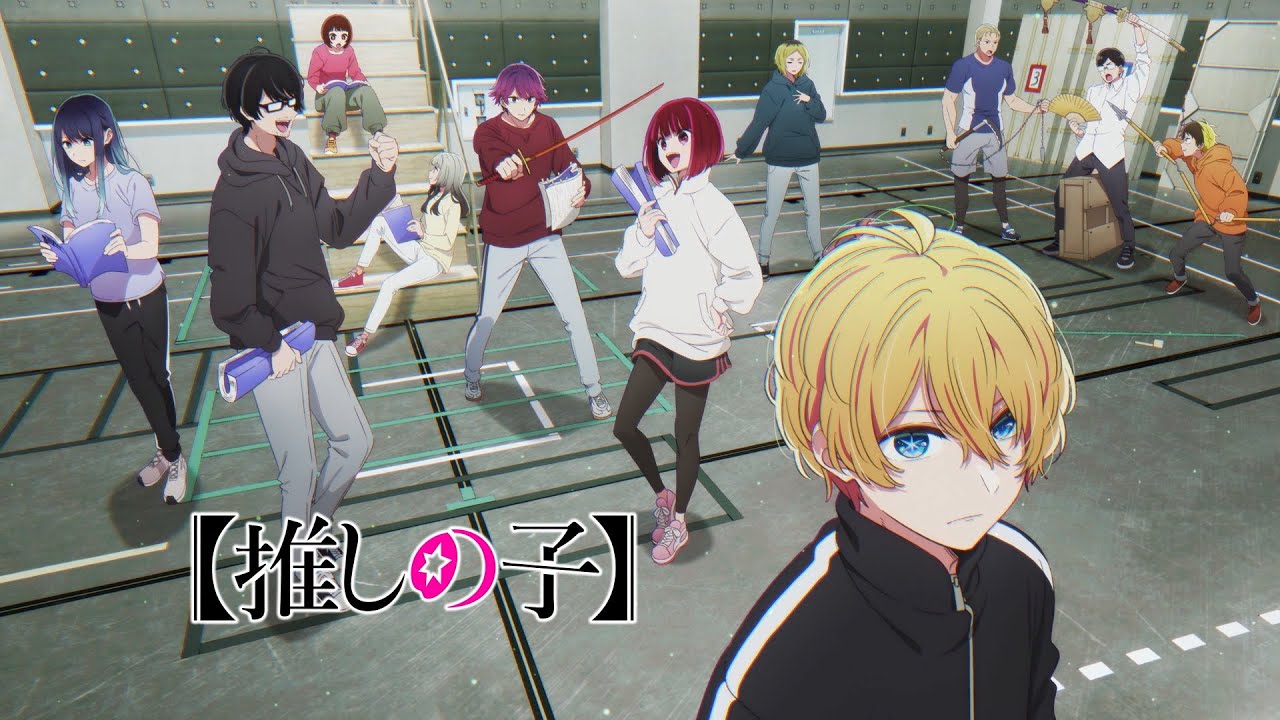
Supporting Characters: The series also features a rich ensemble of supporting characters, each with their own arcs and contributions to the story. From Kana Arima, a talented child actress navigating the pressures of growing up in the industry, to the manipulative and enigmatic producer Hikaru Kamiki, these characters add depth and complexity to the narrative, reflecting the diverse facets of the entertainment world.
“Oshi no Ko” goes into several profound themes, providing a critical look at the entertainment industry and the societal issues surrounding it.
A central theme of the series is the dichotomy between the public image and private life of celebrities. Ai Hoshino’s life is a stark representation of this duality, as she maintains her idol persona while grappling with personal struggles. The series explores how this duality affects not only the celebrities themselves but also those around them.
“Oshi no Ko” does not shy away from depicting the darker aspects of the entertainment industry, including exploitation, manipulation, and the pressures of maintaining a public image. The series highlights the emotional and psychological toll that fame can take, as well as the ethical compromises often required to achieve and maintain success.
Aqua’s quest for revenge is a driving force in the narrative, raising questions about justice, morality, and the cost of vengeance. His journey is contrasted with Ruby’s pursuit of her dreams, offering a nuanced exploration of how past traumas shape the characters’ motivations and actions.
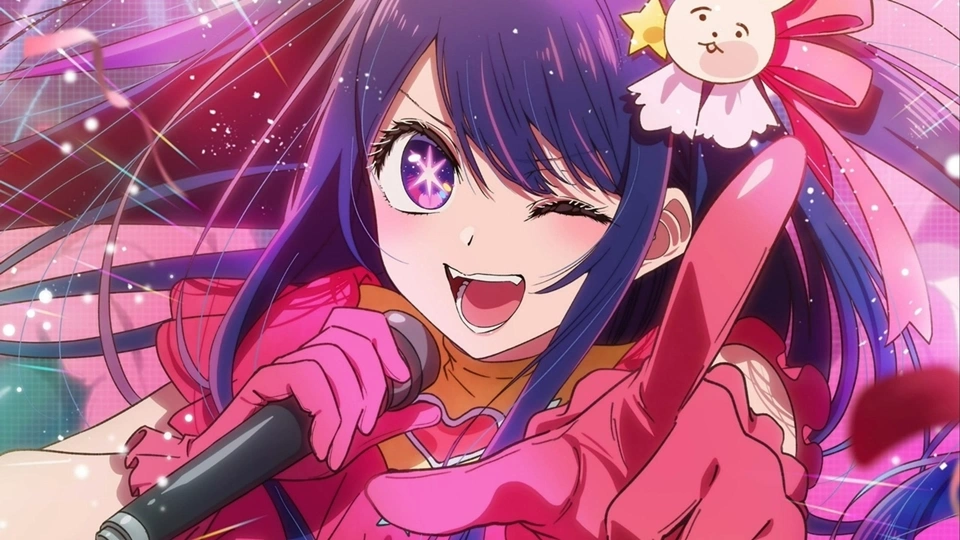
The reincarnation of Aqua and Ruby with their memories intact adds a unique dimension to the story. It allows for a deeper exploration of identity and the influence of past experiences on present actions. This element also serves as a metaphor for the lasting impact of trauma and the possibility of growth and change.
Mengo Yokoyari’s artwork in “Oshi no Ko” is exceptional, capturing the emotional intensity and diverse settings of the series. The character designs are distinct and expressive, effectively conveying the personalities and inner struggles of each character. The detailed backgrounds and varied panel compositions enhance the storytelling, immersing readers in the entertainment industry.
Aka Akasaka’s writing is equally commendable, blending dark, dramatic elements with moments of humor and heartfelt emotion. The narrative pacing is well-balanced, maintaining tension and intrigue while allowing for character development and thematic exploration. The dialogue is sharp and insightful, often reflecting the characters’ complex motivations and the industry’s harsh realities.
“Oshi no Ko” has been met with critical acclaim and a growing fanbase, praised for its bold storytelling, compelling characters, and thought-provoking themes. The series has been recognized for its unflinching portrayal of the entertainment industry’s darker side, offering a fresh and insightful perspective that resonates with readers.
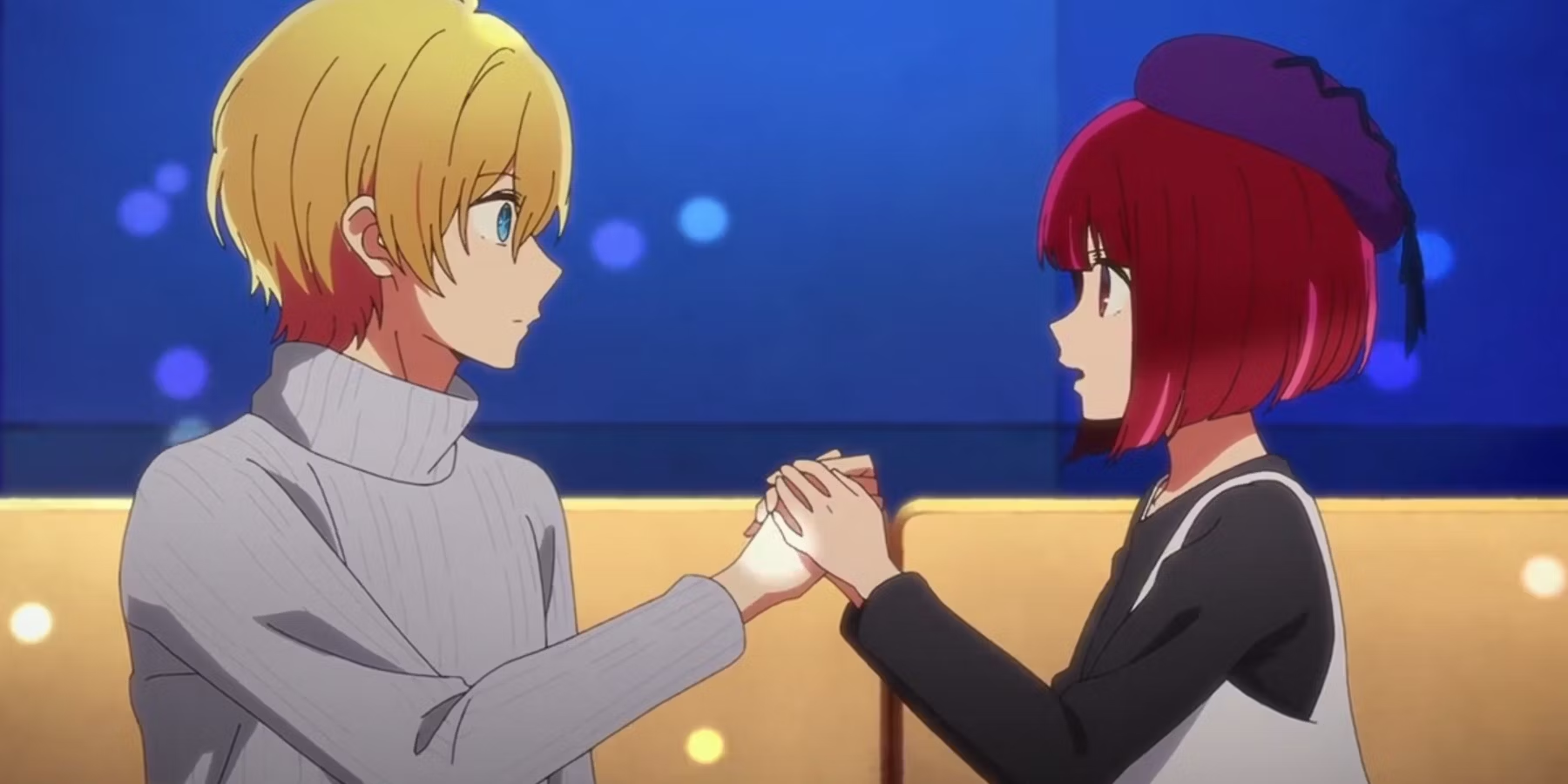
The manga’s success has led to an anime adaptation, further expanding its reach and impact. Fans appreciate the series for its unique blend of drama, mystery, and social commentary, as well as its ability to balance darker themes with moments of levity and hope.
“Oshi no Ko” is a remarkable series that stands out for its innovative approach to storytelling and its in-depth exploration of the entertainment industry. Through its richly developed characters, intricate plot, and profound themes, the series offers a compelling and often unsettling look at the complexities of fame and the human condition.
For those seeking a manga that challenges conventional narratives and goes into the darker aspects of societal issues, “Oshi no Ko” is an essential read. It is a testament to the power of storytelling to illuminate the hidden corners of human experience, leaving a lasting impression long after the final page is turned.
“Oshi no Ko” delivers a gripping narrative blending showbiz intrigue with supernatural twists. It explores themes of fame, revenge, and identity through its complex characters and plot. With stunning animation and emotional depth, this series offers a fresh and compelling take on the dark side of the entertainment industry.
3. Golden Kamuy
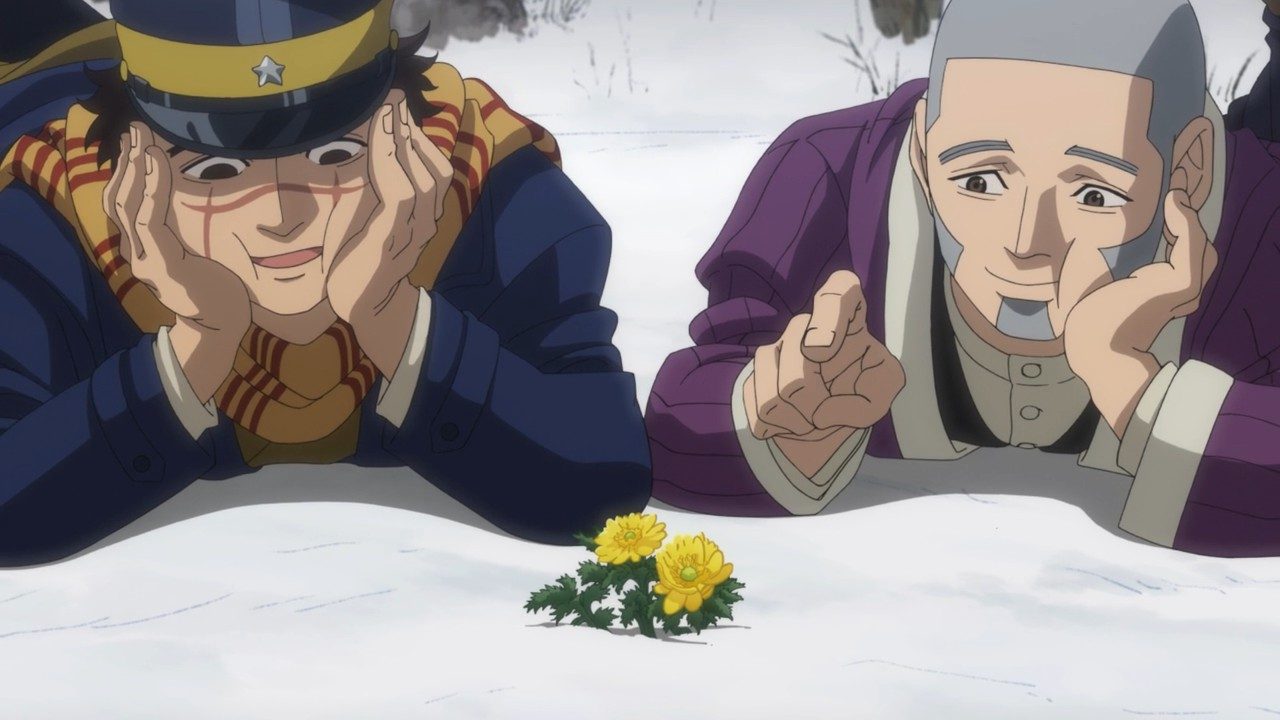
Golden Kamuy is undeniably peculiar, and that’s a compliment in itself. Set in the aftermath of the Russo-Japanese war, the anime dives into a frenzied hunt as various factions race to uncover the hidden gold of the Ainu people—a treasure concealed within a map stitched across the skins of prisoners. Seeking redemption for his wartime actions, Saichi Sugimoto joins forces with Ainu girl Asirpa to safeguard the fortune from falling into the wrong hands.
Brain’s Base’s series seamlessly transitions between moments of visceral, gory violence and comedic absurdity reminiscent of Gintama. Remarkably, Golden Kamuy strikes a perfect balance between these contrasting tones—a feat that eludes many other shows.
“Golden Kamuy” is a Japanese manga series written and illustrated by Satoru Noda. The series began serialization in Shueisha’s “Weekly Young Jump” in 2014 and has been compiled into multiple tankōbon volumes. It has been adapted into an anime television series by Geno Studio, which aired its first season in 2018;
followed by subsequent seasons. “Golden Kamuy” stands out for its unique blend of historical adventure, survival drama, cultural exploration, and intense action, set against the backdrop of early 20th century Hokkaido.
“Golden Kamuy” follows the story of Saichi Sugimoto, a veteran of the Russo-Japanese War, known as “Immortal Sugimoto” for his remarkable survival skills and tenacity. After the war, Sugimoto is in search of gold to fulfill a promise to a fallen comrade’s wife. His quest leads him to a tale about a hidden treasure—a massive stash of gold secretly collected by a group of Ainu, the indigenous people of Hokkaido.
The treasure’s location is hidden in a series of coded tattoos on the bodies of escaped convicts. To decipher the code and find the gold, Sugimoto teams up with Asirpa, a young Ainu girl whose father was involved in hiding the gold. Together, they embark on a perilous journey across Hokkaido, facing various enemies, including other treasure seekers, military officials, and formidable convicts.
“Golden Kamuy” is rich in character development, presenting a diverse cast with complex backgrounds and evolving relationships.
Saichi Sugimoto: Sugimoto is a compelling protagonist, characterized by his unyielding determination, survival instincts, and deep sense of loyalty. His war experiences have hardened him, but his partnership with Asirpa reveals his compassionate and protective nature. Sugimoto’s character arc is marked by his struggle to maintain his humanity while navigating the brutal realities of his quest.
Asirpa: Asirpa is a standout character, embodying the strength, wisdom, and cultural pride of the Ainu people. Despite her young age, she is resourceful, knowledgeable about the wilderness, and possesses a strong moral compass. Her relationship with Sugimoto is central to the story, providing emotional depth and a unique perspective on the Ainu culture and their traditions.

Supporting Characters: The series features a rich ensemble of supporting characters, each with their own motivations and backstories. Notable characters include:
Hyakunosuke Ogata: A skilled marksman and former soldier with a complex and morally ambiguous nature.
Shiraishi Yoshitake: Known as the “Escape King,” Shiraishi provides comic relief but also plays a crucial role in the group’s survival with his expertise in prison breaks and knowledge of the convicts.
Toshizo Hijikata: A legendary figure from the Shinsengumi who seeks the gold to fund a new rebellion. His presence ties the story to Japan’s historical past.
“Golden Kamuy” goes into several profound themes, exploring the intersection of history, culture, survival, and morality.
At its core, “Golden Kamuy” is a tale of survival. The characters constantly face life-threatening challenges, from the harsh wilderness of Hokkaido to the violent confrontations with enemies. The series emphasizes the importance of resilience, resourcefulness, and the will to survive against all odds.
One of the standout aspects of “Golden Kamuy” is its detailed and respectful portrayal of Ainu culture. Through Asirpa and her teachings, readers gain insight into Ainu traditions, language, cuisine, and way of life. This cultural exploration adds depth and authenticity to the narrative, highlighting the importance of preserving indigenous heritage.
The series presents a nuanced exploration of morality, often blurring the lines between good and evil. Characters such as Sugimoto and Ogata face moral dilemmas that challenge their beliefs and actions. The theme of redemption is also prevalent, as characters seek to atone for their past sins and find purpose in their dangerous quest.
“Golden Kamuy” examines the impact of war on individuals and society. The characters’ experiences in the Russo-Japanese War shape their identities and motivations. The series addresses themes of loss, trauma, and the search for meaning in the post-war era.
Satoru Noda’s artwork in “Golden Kamuy” is exceptional, characterized by detailed and dynamic illustrations that bring the story to life. The depiction of Hokkaido’s sceneries, from its dense forests to its snow-covered mountains, creates an immersive setting. The character designs are distinct and expressive, capturing the personalities and emotions of the diverse cast.
Noda’s storytelling is masterful, blending action, adventure, and historical context with moments of humor and introspection. The narrative pacing is well-balanced, maintaining tension and intrigue while allowing for character development and cultural exploration. The use of historical references and real-life figures adds depth and authenticity to the story, enriching the reader’s experience.
“Golden Kamuy” has been widely acclaimed for its unique storytelling, rich character development, and cultural significance. The series has won several awards, including the prestigious Manga Taishō award, recognizing its excellence in the manga medium. It has also been praised for its respectful and informative portrayal of Ainu culture, raising awareness about the indigenous people of Japan.
The anime adaptation has further expanded the series’ reach, bringing its thrilling and culturally rich narrative to a broader audience. Fans appreciate “Golden Kamuy” for its blend of historical adventure, survival drama, and the strong emotional bonds between characters.
“Golden Kamuy” is a remarkable series that stands out for its unique blend of historical context, cultural exploration, and thrilling adventure. Through its richly developed characters, intricate plot, and profound themes, the series offers a compelling and immersive experience that resonates with readers and viewers alike.
For those seeking a manga and anime that challenge conventional storytelling with a blend of action, history, and cultural depth, “Golden Kamuy” is an essential read. It is a testament to the power of narrative art, drawing readers into a world that is as educational as it is entertaining, and leaving a lasting impression long after the final page is turned or the screen goes dark.
2. Parasyte
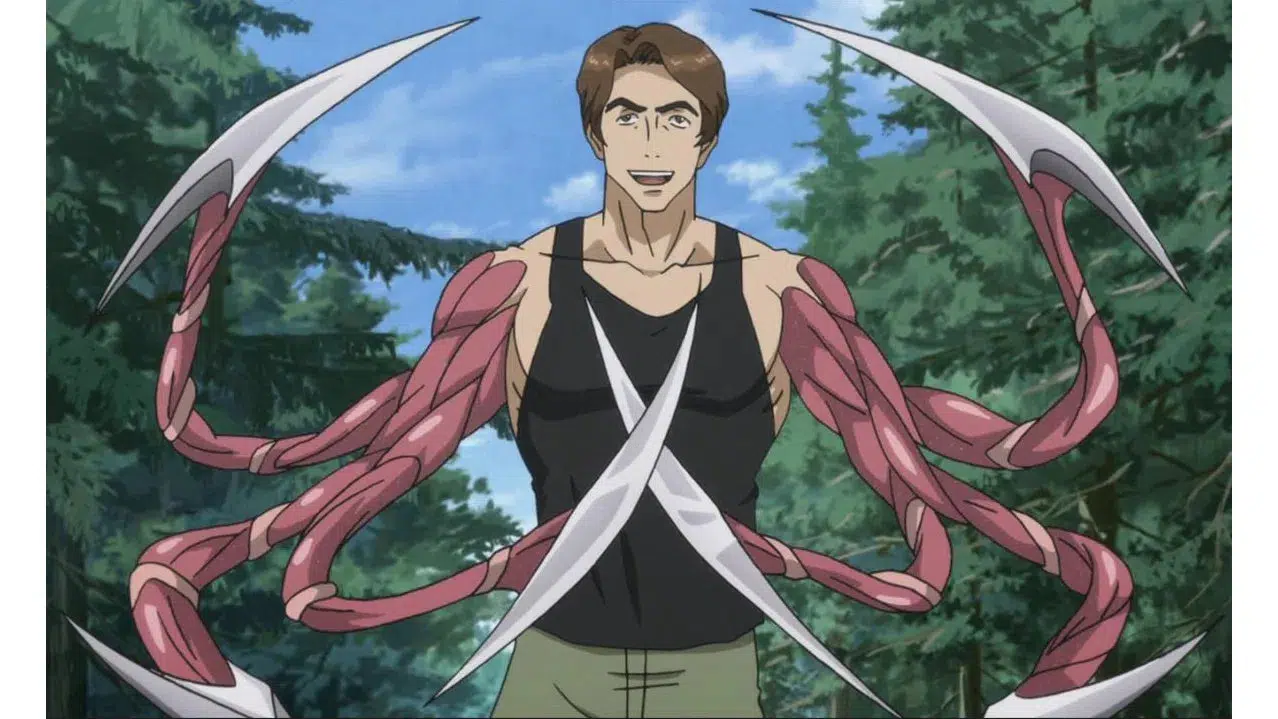
Parasyte stands as another modern classic within the seinen genre, garnering worldwide acclaim for its chilling visuals and intriguing concept. At its core, the story looks into an alien species known as parasites, which infiltrate human bodies by drilling into their brains to seize control.
However, a twist of fate befalls the protagonist, Shinichi Izumi, who manages to thwart the invasion, confining the parasite to his right hand instead. This unexpected turn propels viewers into a suspenseful journey as they witness Shinichi and his symbiotic partner, Migi, navigate the impending apocalypse while grappling with their newfound connection.
“Parasyte” (Japanese: “Kiseijuu”) is a Japanese science fiction horror manga series written and illustrated by Hitoshi Iwaaki. Serialized in Kodansha’s “Morning Open Zōkan” and “Monthly Afternoon” magazines from 1988 to 1995, the series has been compiled into ten tankōbon volumes.
In 2014, Madhouse produced an anime adaptation titled “Parasyte -the maxim-“. The series has garnered acclaim for its unique premise, deep philosophical themes, and gripping narrative, making it a significant work in the science fiction and horror genres.
“Parasyte” follows the story of Shinichi Izumi, a high school student who becomes the host of a parasitic alien. These parasites invade Earth, burrowing into the brains of unsuspecting human hosts, taking control of their bodies, and using them to feed on other humans.
However, in Shinichi’s case, the parasite, later named Migi, fails to reach his brain and instead takes over his right hand. This unique circumstance forces Shinichi and Migi to coexist and cooperate to survive.
As the series progresses, Shinichi and Migi confront various other parasites, some of which pose significant threats to humanity. Shinichi’s struggle to maintain his humanity while being part-host to a parasite drives the core of the narrative. The duo’s interactions with other parasites, humans, and each other explore themes of identity, morality, and what it means to be human.
Shinichi Izumi: Shinichi starts as a typical high school student, but his fusion with Migi marks the beginning of a profound transformation. Throughout the series, he grapples with his evolving identity, as Migi’s presence and influence make him question his humanity.
Shinichi’s journey is one of self-discovery and adaptation, as he learns to balance his human emotions with the cold, logical mindset of Migi. His character development is marked by his growing courage, sense of responsibility, and complex moral dilemmas.
Migi: Migi is a fascinating character due to its purely logical and survival-driven nature. Unlike other parasites, Migi does not seek to harm humans unnecessarily, as its survival depends on Shinichi. Migi’s development is characterized by its growing understanding of human emotions and morality, influenced by its symbiotic relationship with Shinichi. This unique bond challenges Migi’s initial perceptions and leads to a nuanced portrayal of the parasite.

Supporting Characters: The series features a rich ensemble of supporting characters, each contributing to the exploration of its themes:
Satomi Murano: Shinichi’s love interest, Satomi represents the normalcy and humanity that Shinichi strives to protect. Her relationship with Shinichi adds emotional depth to the narrative and highlights the impact of Shinichi’s transformation on his personal life.
Kana Kimishima: A girl with a psychic ability to sense parasites, Kana is drawn to Shinichi, believing him to be her destined partner. Her tragic fate underscores the dangers of the parasite-infested world and Shinichi’s internal conflict.
Reiko Tamura: A parasite who successfully integrates into human society, Reiko is a complex antagonist who challenges both Shinichi and Migi. Her intellectual curiosity about human nature and eventual maternal instincts add layers to her character, making her one of the most intriguing figures in the series.
“Parasyte” goes into several profound themes, providing a thought-provoking narrative that goes beyond its horror and science fiction elements.
A central theme is the exploration of what it means to be human. Shinichi’s gradual transformation raises questions about identity, as he struggles to reconcile his human emotions with the logical detachment of Migi. The series challenges the notion of a fixed human identity, suggesting that humanity is defined by a combination of emotional depth, moral choices, and social connections.
The symbiotic relationship between Shinichi and Migi highlights the theme of coexistence. Unlike other parasites, Migi learns to cooperate with its host, leading to mutual survival. This partnership contrasts sharply with the parasitic nature of other aliens, suggesting that coexistence and understanding are key to survival.
“Parasyte” presents a morally complex world where the line between good and evil is often blurred. The parasites, driven by a primal need to survive, are not inherently evil but operate under a different moral framework. Characters like Reiko Tamura further complicate this dichotomy, as they exhibit both monstrous and humane traits. The series prompts viewers to question their own moral beliefs and the nature of ethical behavior.
The series subtly addresses environmental and social issues, using the parasites as a metaphor for humanity’s impact on nature. The parasites’ existence forces humans to confront their own predatory behaviors and the consequences of their actions on the planet. The series also explores themes of alienation and societal disruption, reflecting real-world anxieties about change and survival.
Hitoshi Iwaaki’s artwork in “Parasyte” is distinctive and effective in conveying the horror and tension of the story. The detailed illustrations of the parasites, with their grotesque transformations and visceral attacks, create a sense of dread and unease. The character designs are expressive, capturing the emotional and psychological struggles of the protagonists.
The narrative style is compelling, blending intense action sequences with moments of introspection and philosophical reflection. Iwaaki’s pacing keeps readers engaged, balancing the horror elements with character development and thematic exploration. The use of dialogue and inner monologues allows for a deep dive into the characters’ thoughts and motivations, enriching the storytelling.
“Parasyte” has received critical acclaim and a strong following for its unique premise, complex characters, and thought-provoking themes. The manga has won several awards, including the Kodansha Manga Award for general manga, recognizing its excellence in the medium.
The anime adaptation, “Parasyte -the maxim-,” has further popularized the series, reaching a broader audience and earning praise for its faithful adaptation and high-quality animation. The series has been lauded for its ability to blend horror, action, and philosophical themes, creating a multifaceted narrative that resonates with viewers.
“Parasyte” is a masterful series that stands out in the science fiction and horror genres for its innovative storytelling, rich character development, and deep thematic exploration. Through the symbiotic relationship between Shinichi and Migi, the series offers a nuanced and thought-provoking look at identity, morality, and the nature of humanity.
For those seeking a manga and anime that challenge conventional narratives with a blend of horror, action, and philosophical depth, “Parasyte” is an essential read and watch. It is a testament to the power of storytelling to explore complex ideas and provoke meaningful reflection, leaving a lasting impact on its audience long after the final page is turned or the screen goes dark.
1. 100 Girlfriends Who Really, Really, Really, Really, Really Love You
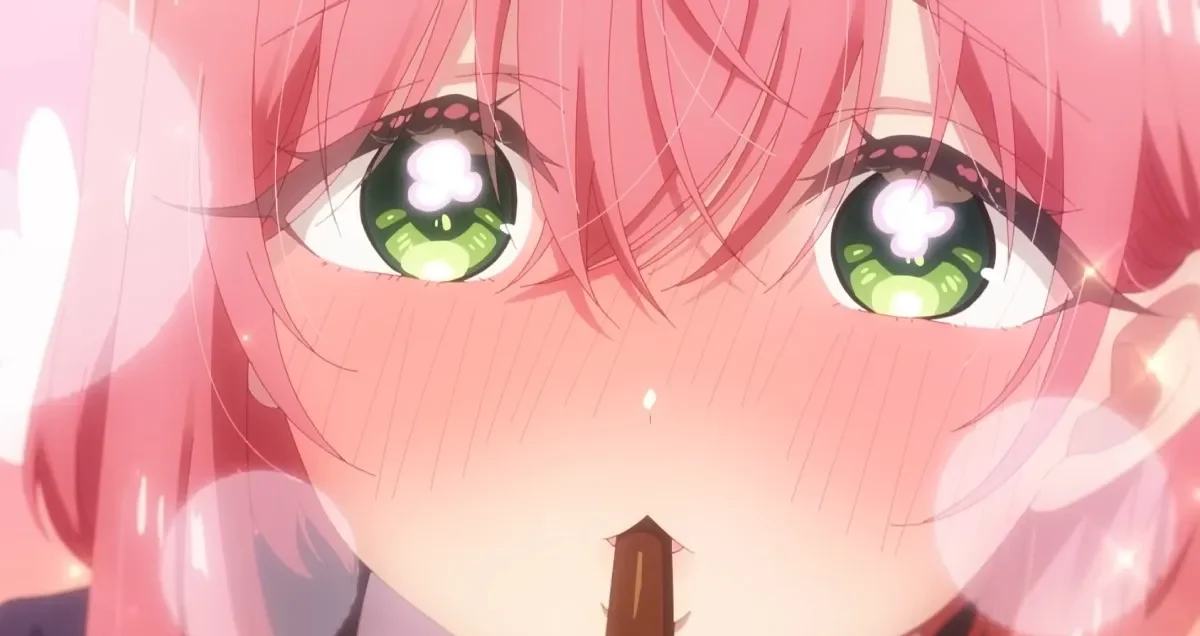
In the harem anime, 100 Girlfriends stands as the pinnacle, daring to challenge the norm by posing the question: What if they all win? Rentaro, perpetually unlucky in love, wears his heart on his sleeve, often met with rejection.
Prior to starting high school, he seeks guidance at a shrine, only to receive a direct response from a god who reveals that Rentaro will encounter 100 soulmate girls, all of whom he must keep happy. Despite the initial panic, Rentaro embraces the challenge with gusto.
100 Girlfriends serves as both a hilarious parody and a standout addition to the harem genre. Rentaro’s directness and innocence are key to the premise’s success, and he proves to be an absolute delight. While the anime is still in its early stages of adapting the manga, the introduced female characters perfectly complement the lead and contribute to the series’ comedic charm.
“The 100 Girlfriends Who Really, Really, Really, Really, Really Love You” (Japanese: “Kimi no Koto ga Dai Dai Dai Dai Daisuki na 100-nin no Kanojo”) is a Japanese romantic comedy manga series written by Rikito Nakamura and illustrated by Yukiko Nozawa.
Serialized in Shueisha’s “Weekly Young Jump” since 2019, the series has garnered attention for its absurdly humorous premise, heartwarming moments, and engaging characters. The manga combines elements of harem and romance genres, offering a fresh and comedic take on the concept of love and relationships.
The story follows Rentarou Aijou, a high school student who, after being rejected 100 times, prays at a shrine for help in finding a girlfriend. The deity of the shrine grants his wish, but with an unexpected twist: Rentarou is destined to have 100 soulmates.
If he fails to reciprocate their love, they will all die in tragic accidents. This bizarre and high-stakes premise sets the stage for Rentarou’s mission to love and care for all 100 of his destined partners equally and sincerely.
As the series progresses, Rentarou meets and forms relationships with various girls, each with unique personalities, quirks, and backgrounds. Despite the overwhelming nature of his task, Rentarou is determined to make each of his girlfriends happy, leading to a series of humorous, heartwarming, and often chaotic situations.
Rentarou Aijou: Rentarou is an exceptionally kind and earnest protagonist. His determination to love and care for all 100 of his girlfriends stems from a deep sense of responsibility and compassion. Despite the seemingly impossible task,
Rentarou’s unwavering commitment to his relationships is both admirable and endearing. His character development revolves around balancing the emotional needs of his girlfriends while managing the comedic chaos that ensues from having so many partners.
The Girlfriends: Each of Rentarou’s girlfriends brings a unique dynamic to the story. Their diverse personalities and backgrounds provide a interactions and relationships. Some notable characters include:
Hakari Hanazono: The first girl Rentarou meets after the shrine incident, Hakari is cheerful, energetic, and deeply affectionate. Her playful nature and genuine love for Rentarou set the tone for the series.
Karane Inda: Karane is a tsundere character who initially struggles to express her feelings for Rentarou. Her journey from hesitant affection to open love adds depth to her character.
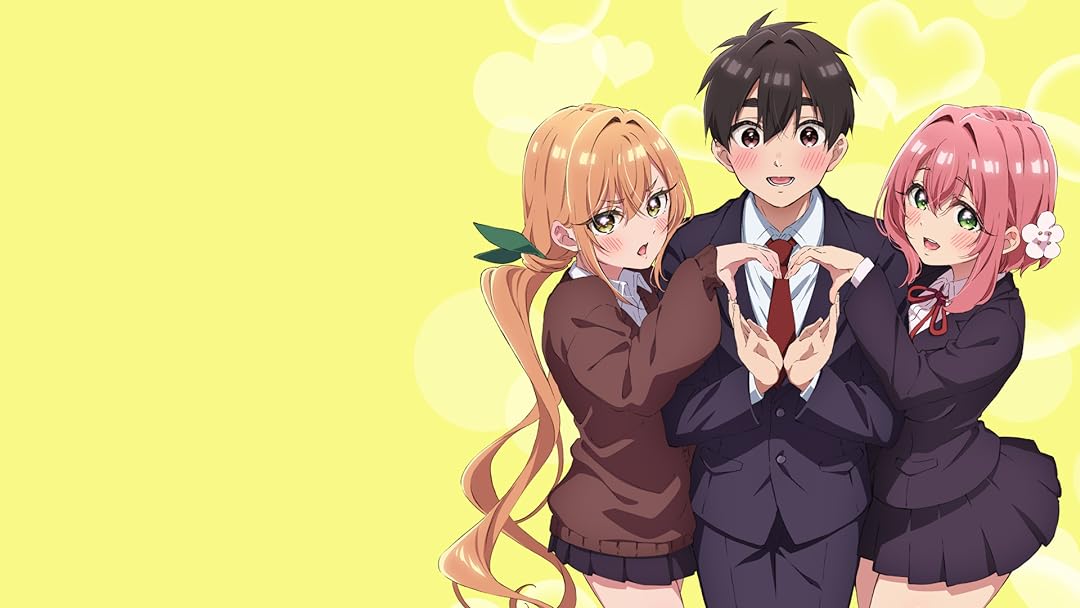
Shizuka Yoshimoto: A shy and reserved girl who communicates through writing, Shizuka’s gentle and introspective nature contrasts with the more boisterous personalities in the group.
Nano Eiai: Nano’s intelligence and analytical mind often lead to humorous yet insightful observations about Rentarou and their unique situation.
The series continuously introduces new girlfriends, each adding complexity and humor to the narrative. The interactions between the girls themselves are as crucial as their relationships with Rentarou, showcasing themes of friendship and cooperation.
“The 100 Girlfriends Who Really, Really, Really, Really, Really Love You” explores several themes, blending humor with more profound reflections on love and relationships.
At its core, the series examines the multifaceted nature of love. Rentarou’s relationships with his girlfriends highlight different aspects of romantic affection, from passionate love to deep companionship. The series suggests that love is not limited by quantity but is defined by the quality and sincerity of one’s feelings.
Rentarou’s commitment to loving all 100 of his girlfriends equally emphasizes the themes of responsibility and dedication. His willingness to embrace his fate and work tirelessly to ensure each girlfriend feels valued and cherished underscores the importance of mutual respect and effort in relationships.
The series uses humor and absurd situations to explore and critique the harem genre. The exaggerated premise and over-the-top scenarios serve as a parody, highlighting the often unrealistic and idealized portrayals of romance in similar stories. This comedic approach allows the series to address serious themes without losing its lighthearted tone.
Each girlfriend’s unique personality and background emphasize the value of individuality and acceptance. Rentarou’s ability to appreciate and love each girl for who she is underscores the importance of embracing diversity in relationships.
Yukiko Nozawa’s artwork in “The 100 Girlfriends Who Really, Really, Really, Really, Really Love You” is vibrant and expressive, effectively capturing the series’ comedic and romantic elements. The character designs are distinct and detailed, ensuring that each girlfriend stands out visually and thematically. The use of exaggerated facial expressions and dynamic panel layouts enhances the humor and emotional impact of the story.
Rikito Nakamura’s writing balances humor with heartfelt moments, creating a narrative that is both engaging and thought-provoking. The pacing is well-managed, with the introduction of new girlfriends and situations keeping the story fresh and entertaining. The dialogue is sharp and witty, contributing to the series’ overall charm.
The series has been well-received by fans and critics alike, praised for its originality, humor, and heartwarming moments. Its unique take on the harem genre, combined with its endearing characters and clever writing, has made it a standout work in contemporary manga. The blend of absurdity and sincerity resonates with readers, providing both entertainment and meaningful reflections on love and relationships.
“The 100 Girlfriends Who Really, Really, Really, Really, Really Love You” is a delightful and refreshing entry in the romantic comedy genre.
Through its absurd premise, richly developed characters, and thoughtful exploration of love, the series offers a unique and engaging reading experience. Rentarou Aijou’s journey to love and care for 100 girlfriends is filled with humor, chaos, and heart, making it a must-read for fans of romantic comedies and harem stories.
For those seeking a manga that combines laughter with genuine emotional depth, “The 100 Girlfriends Who Really, Really, Really, Really, Really Love You” delivers an entertaining and thought-provoking narrative. It is a testament to the creativity and versatility of manga storytelling, leaving a lasting impression with its blend of humor, romance, and heartfelt moments.
Memes of the Day
Secret class
For Full Sauce Search – Pixiv 118564478
Monster Musume?
God of Pleasure
Anime: Freiren | Code SAIT-030
S**tudy Group
Stepmothers friends
Shihai no Kyoudan
Yofukashi no uta
Rising of the Shield Hero
Pixiv 114273179
Ottori Mama wa Musuko no Onedari ni Yowai | Gentle Stepmom Can’t Refuse Her Son’s Pleading
THE BOXER
This is available to read on MangaLunatic here: The Boxer (art by HWA NA JUNG)

